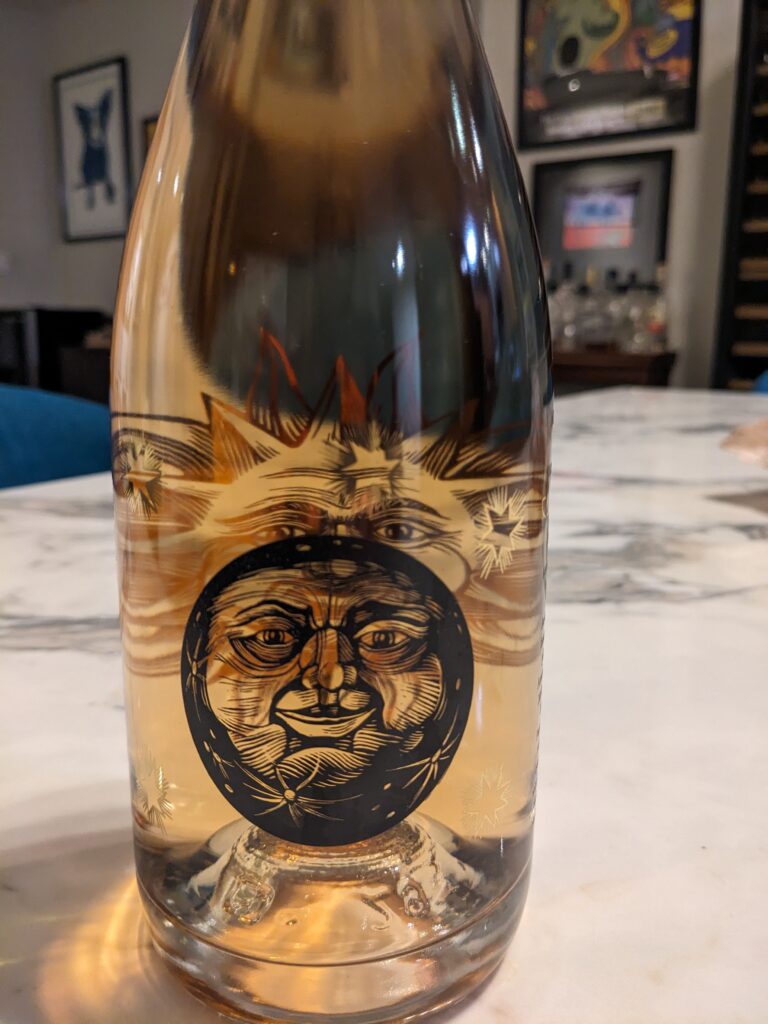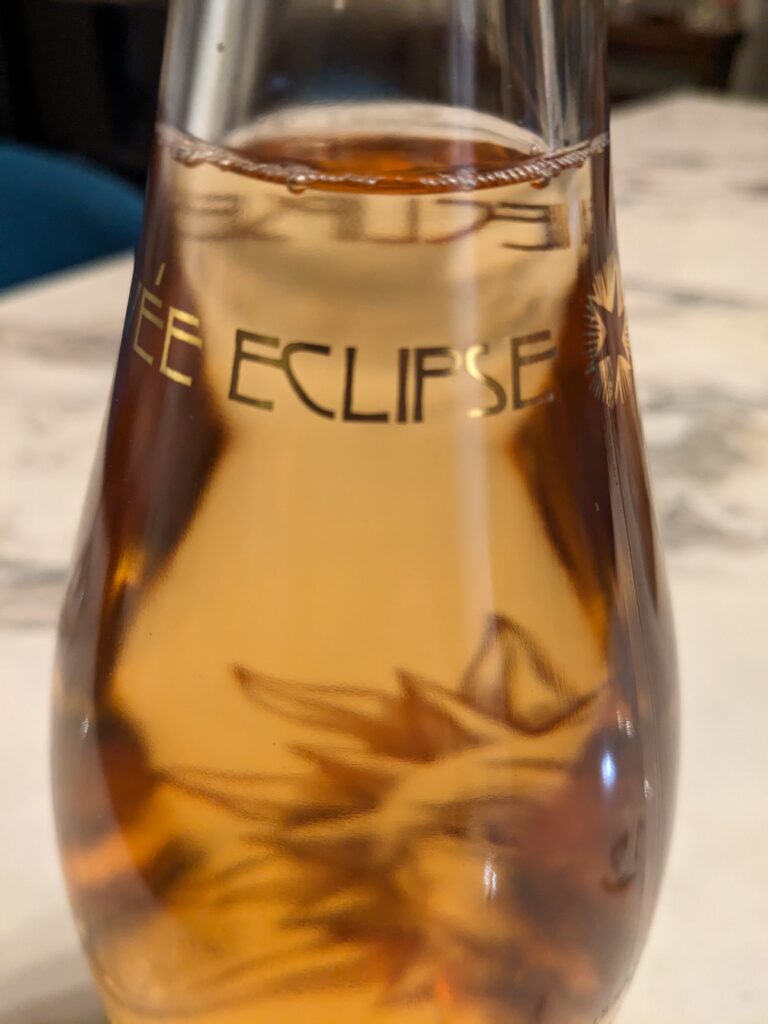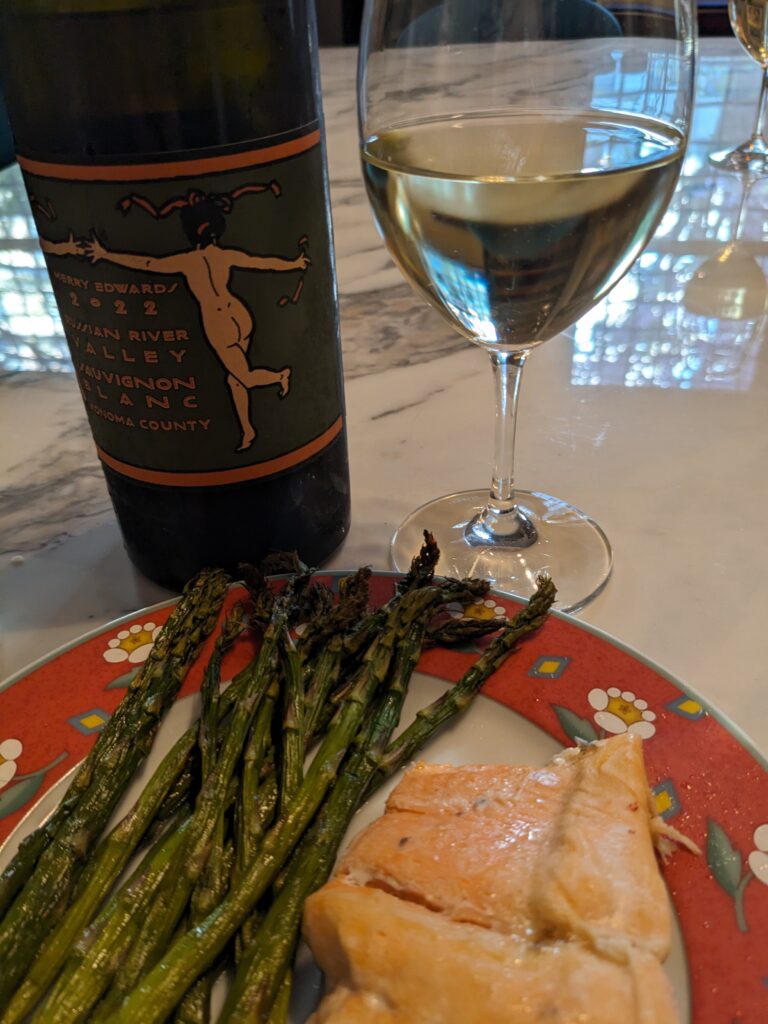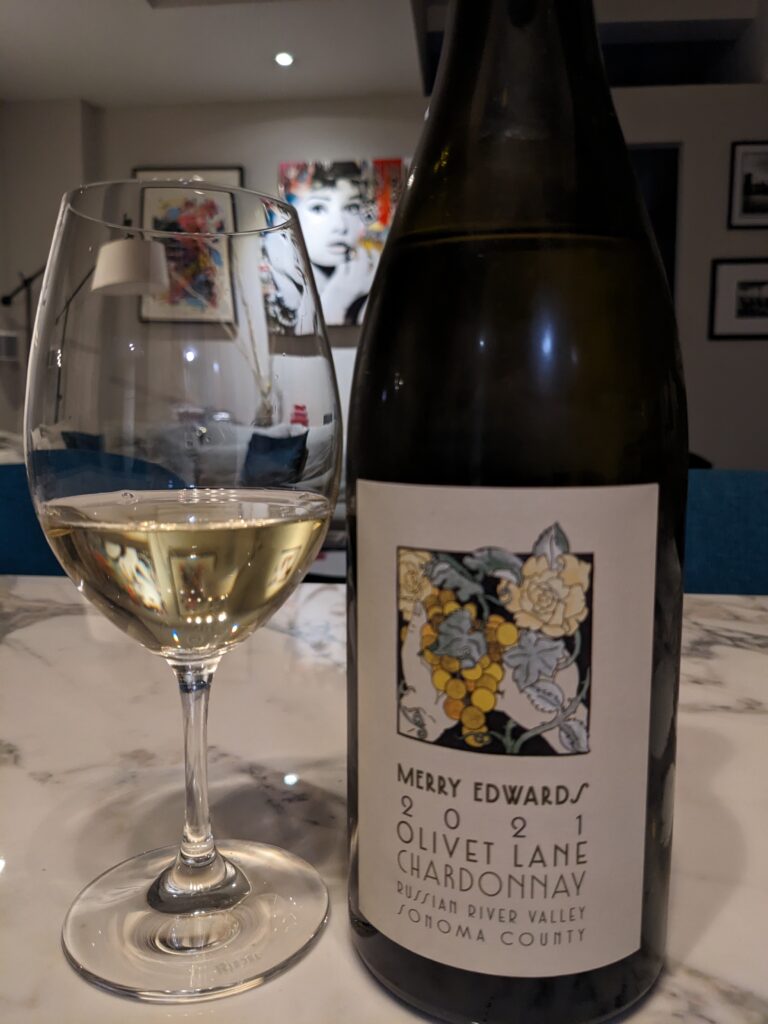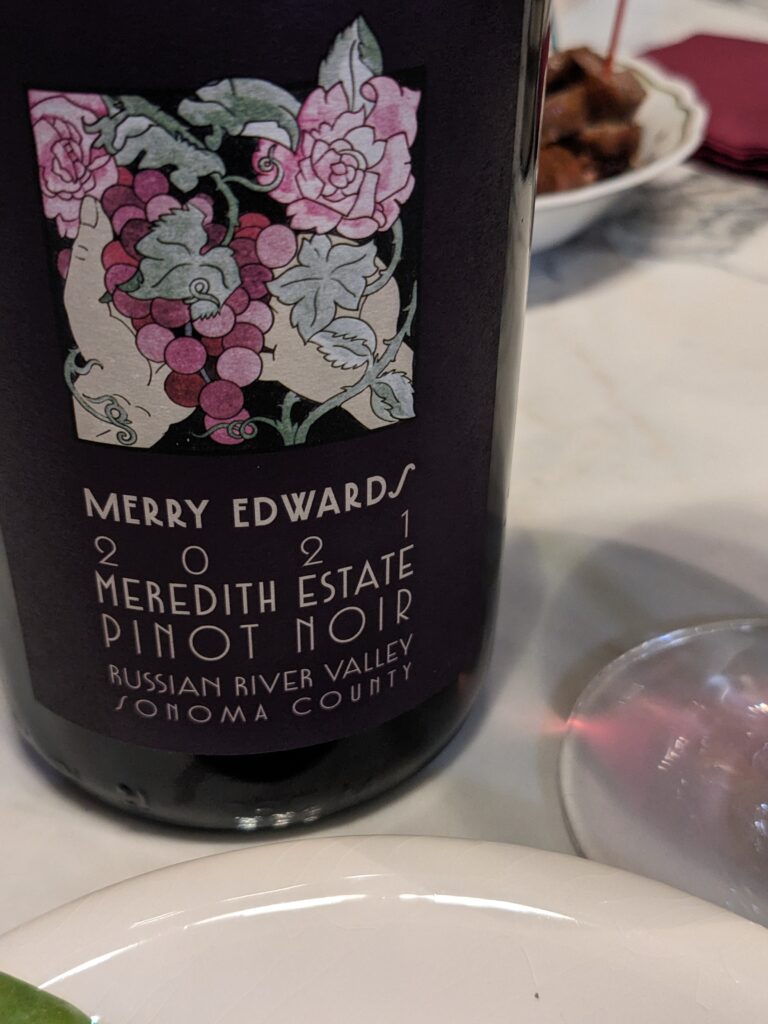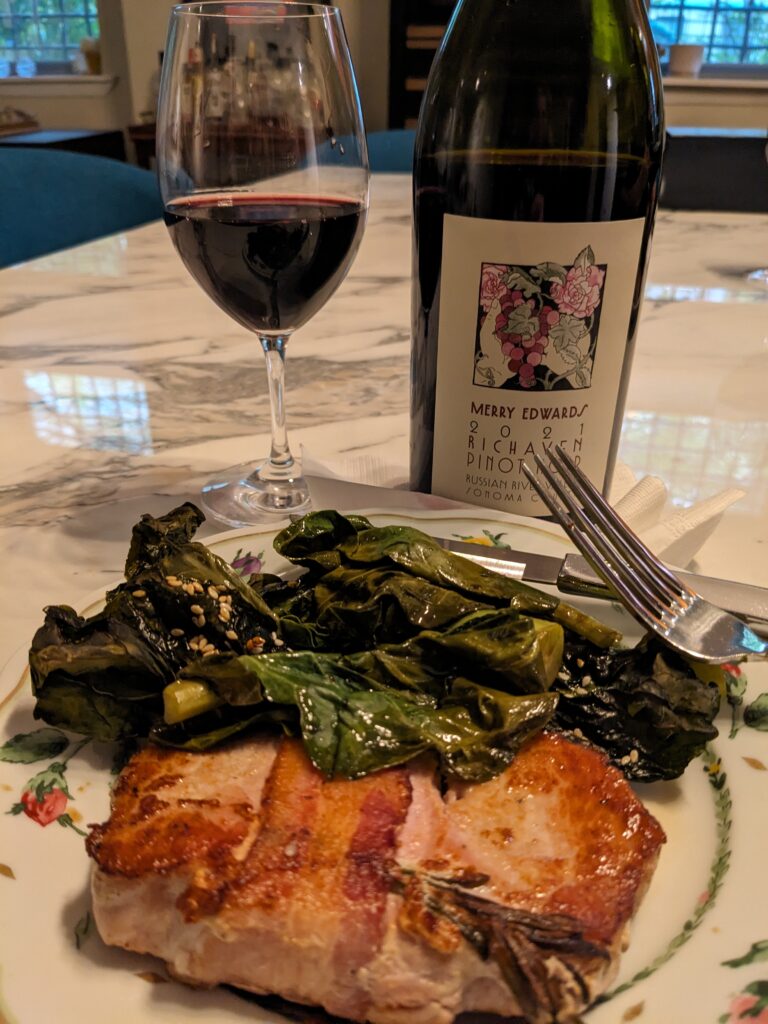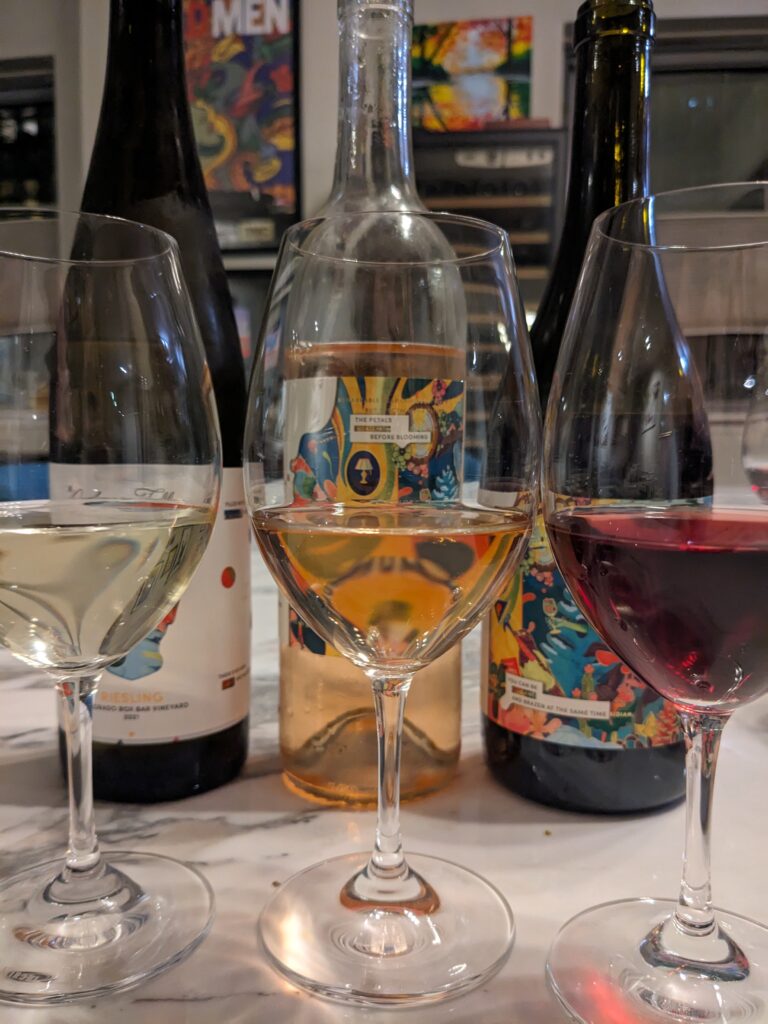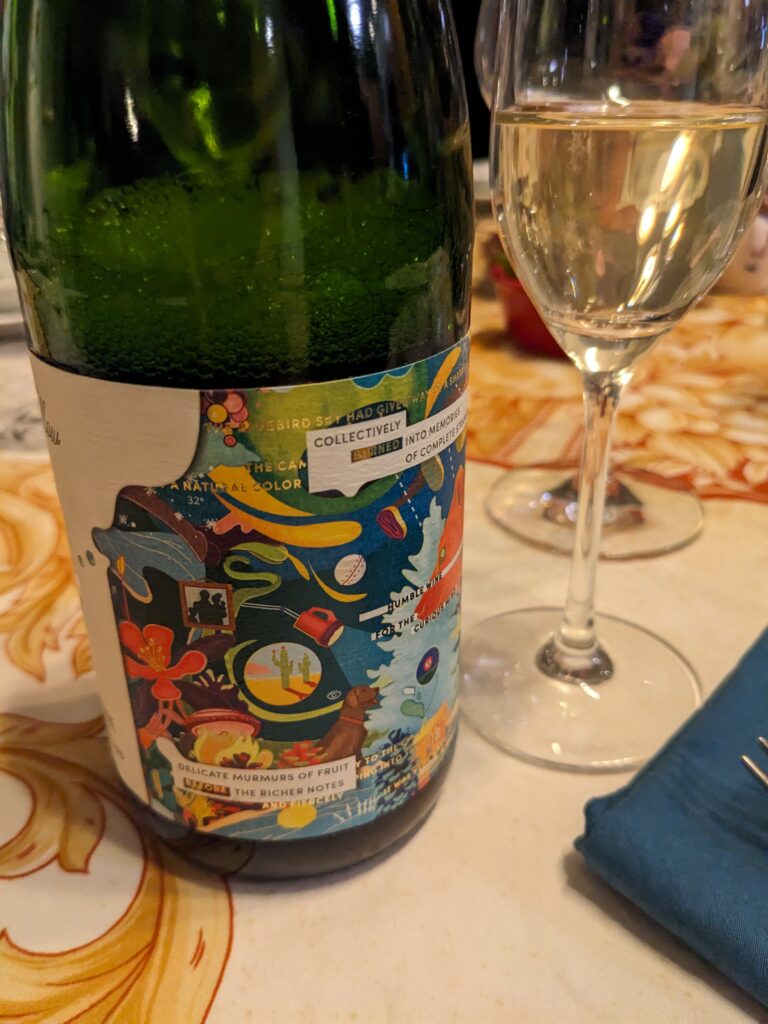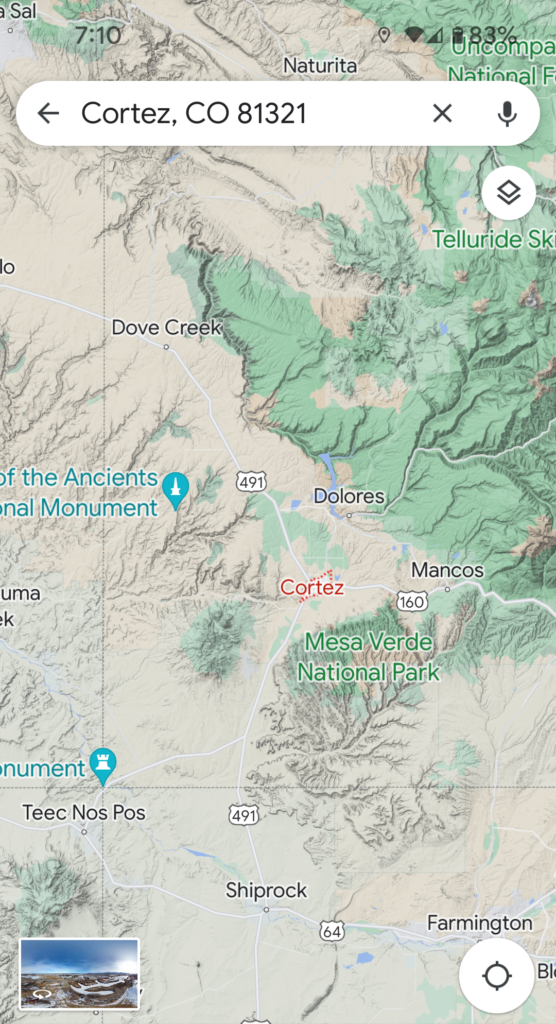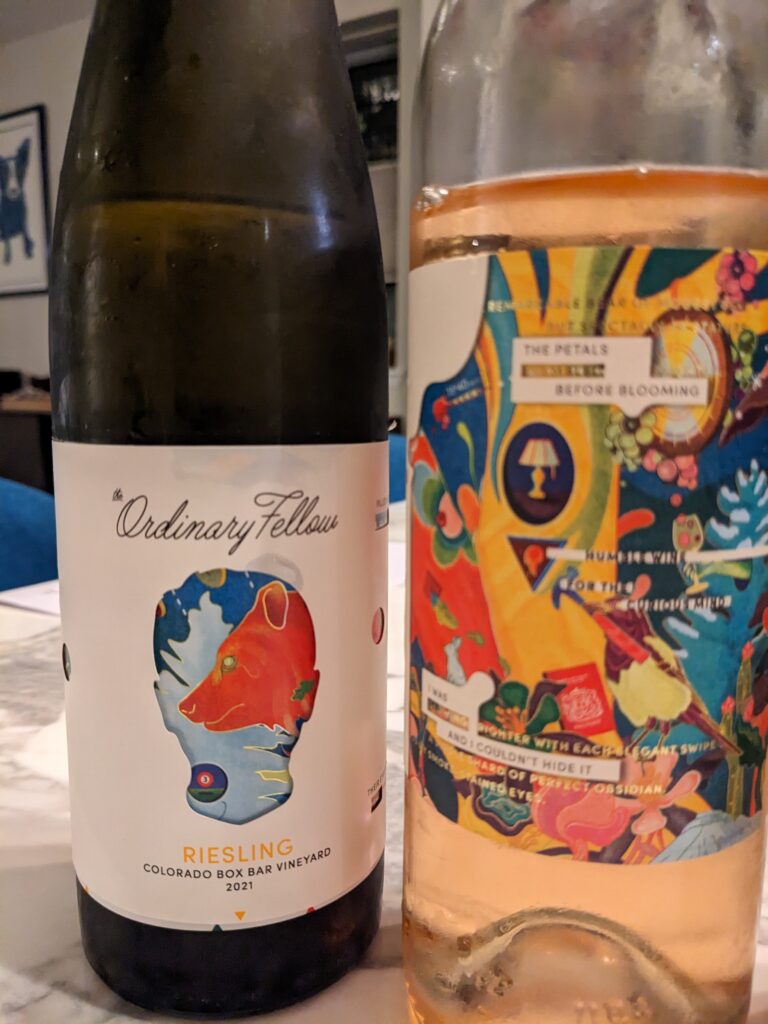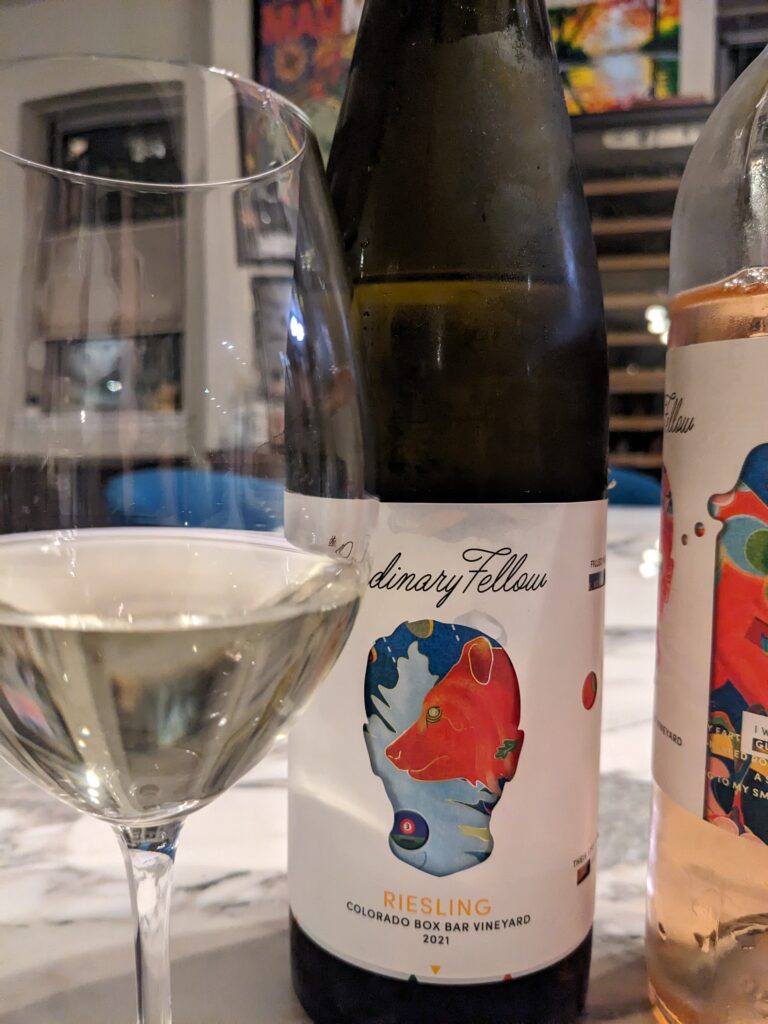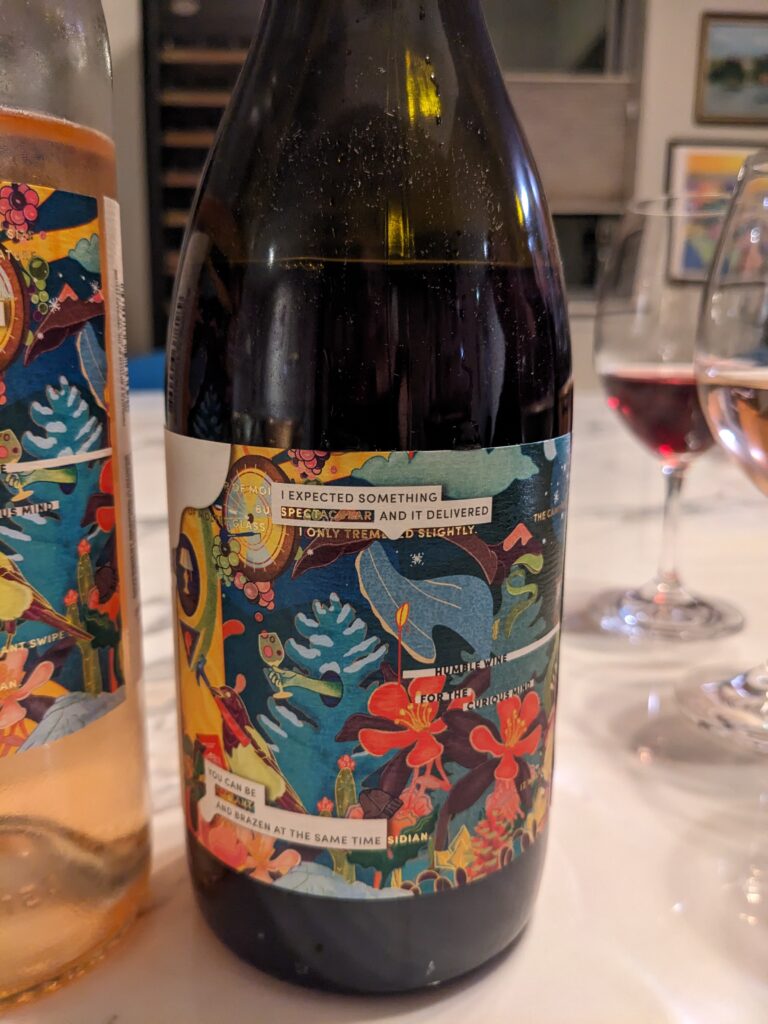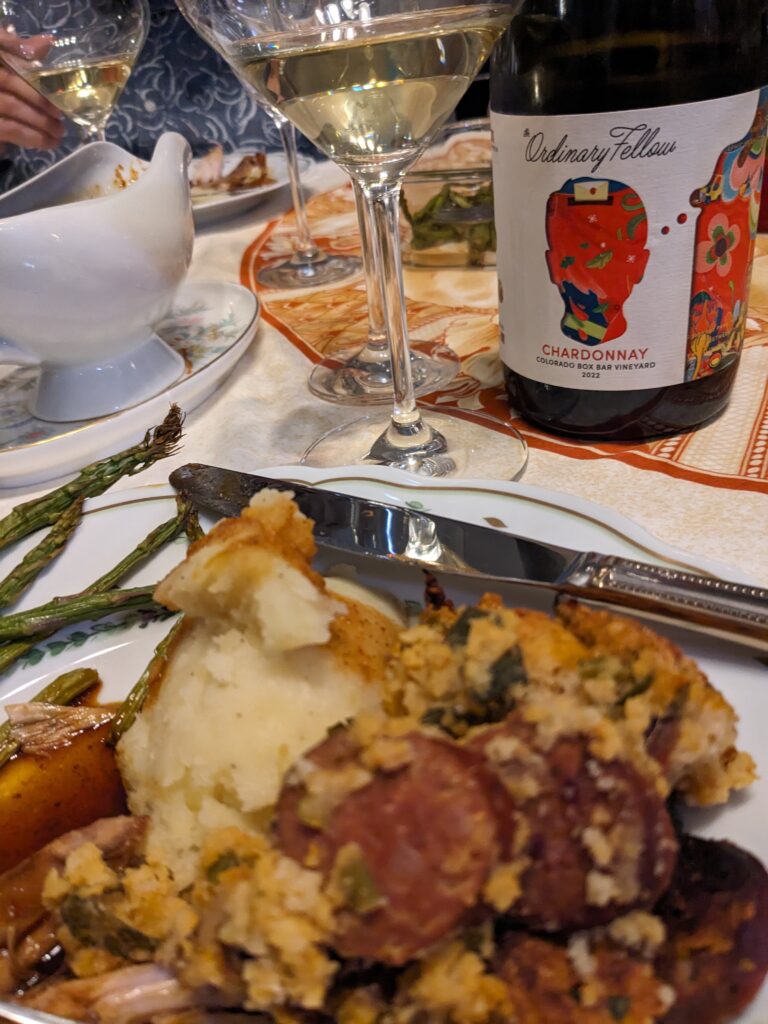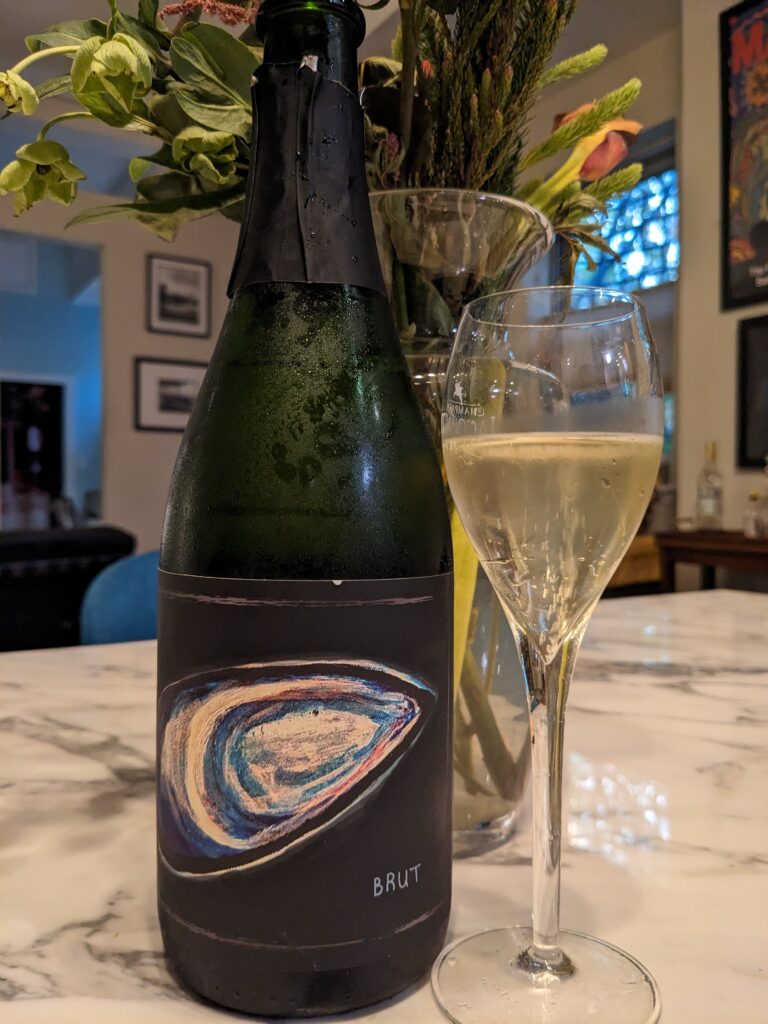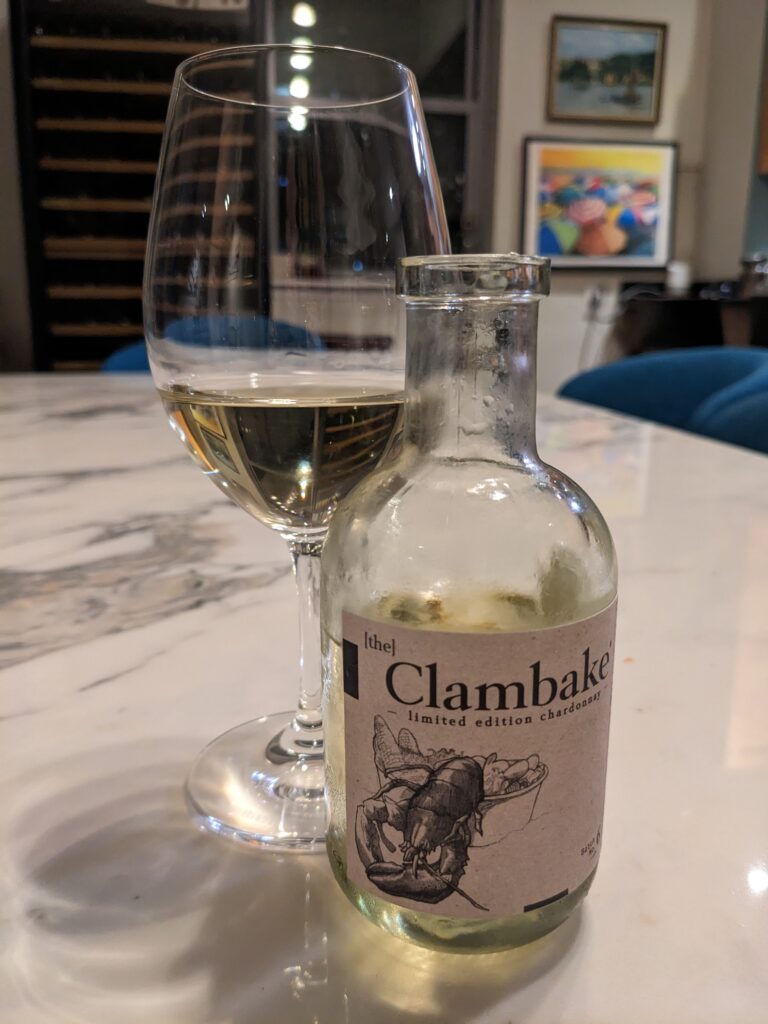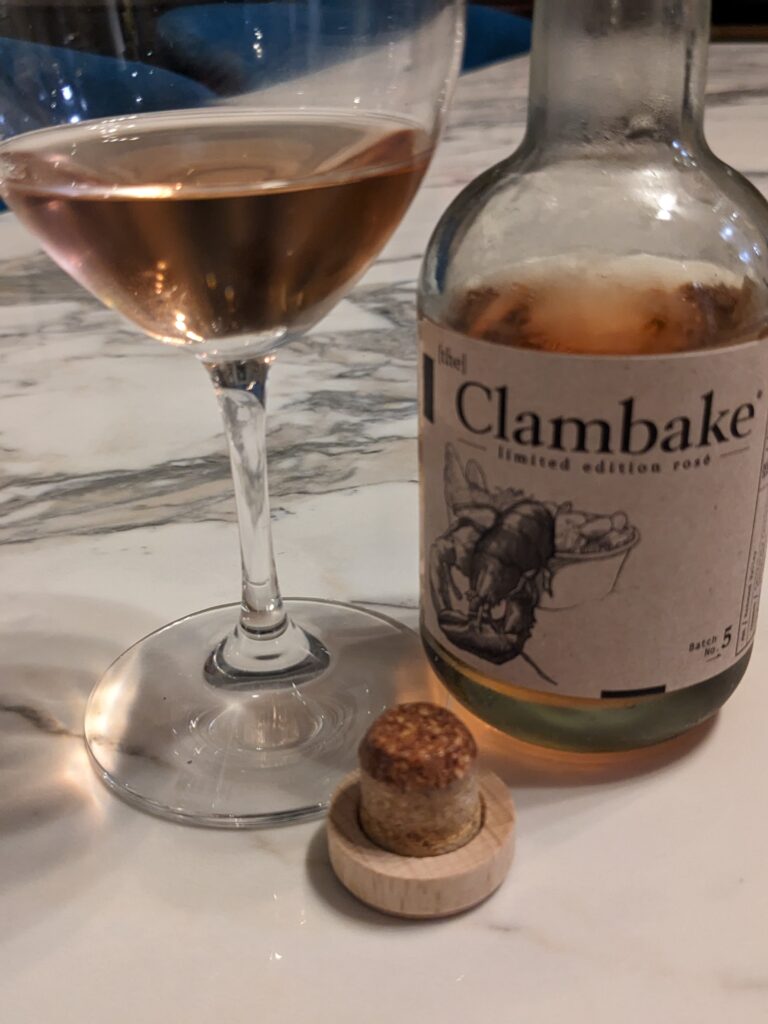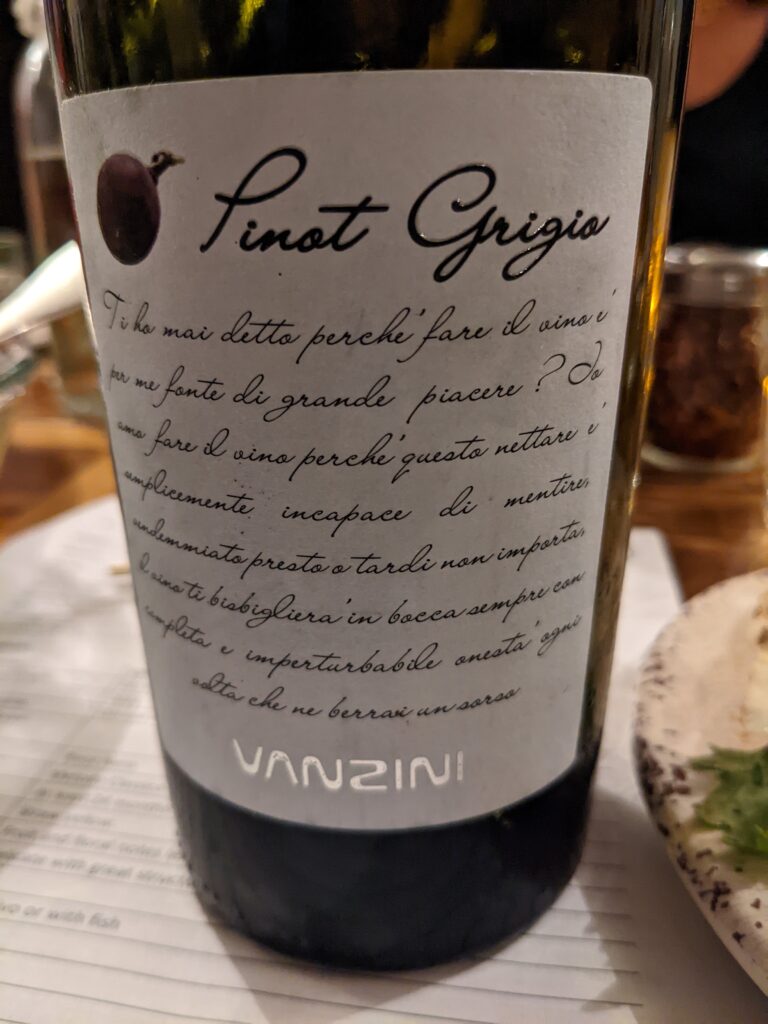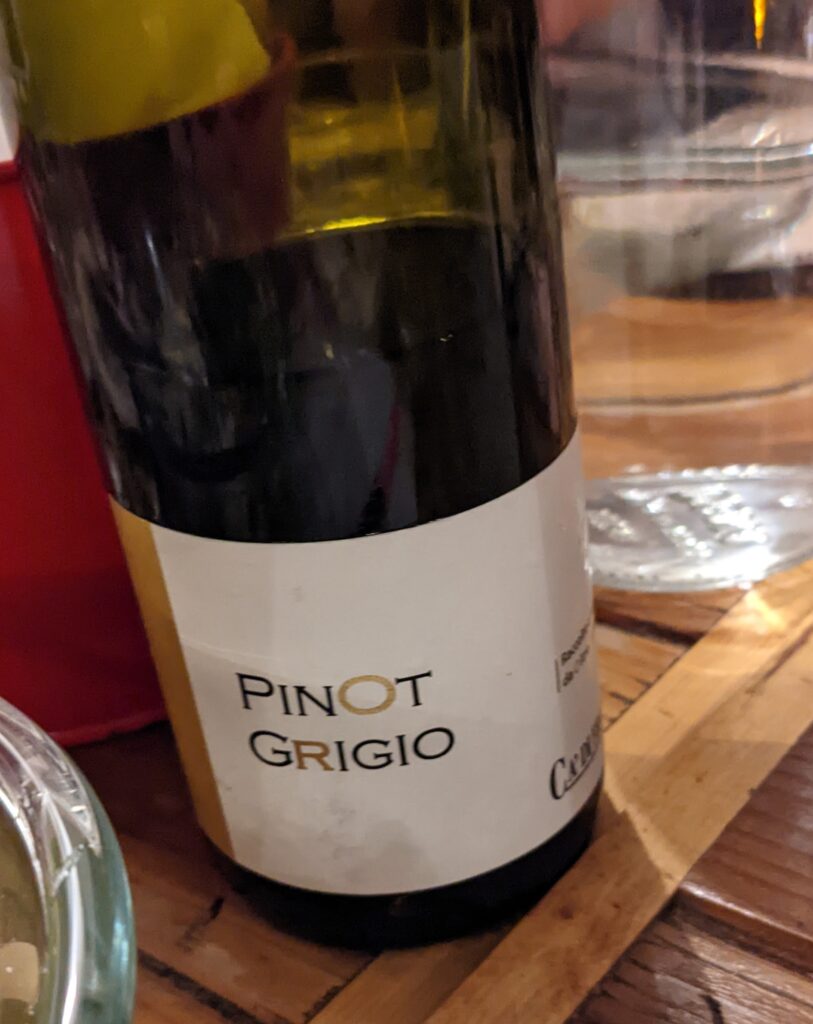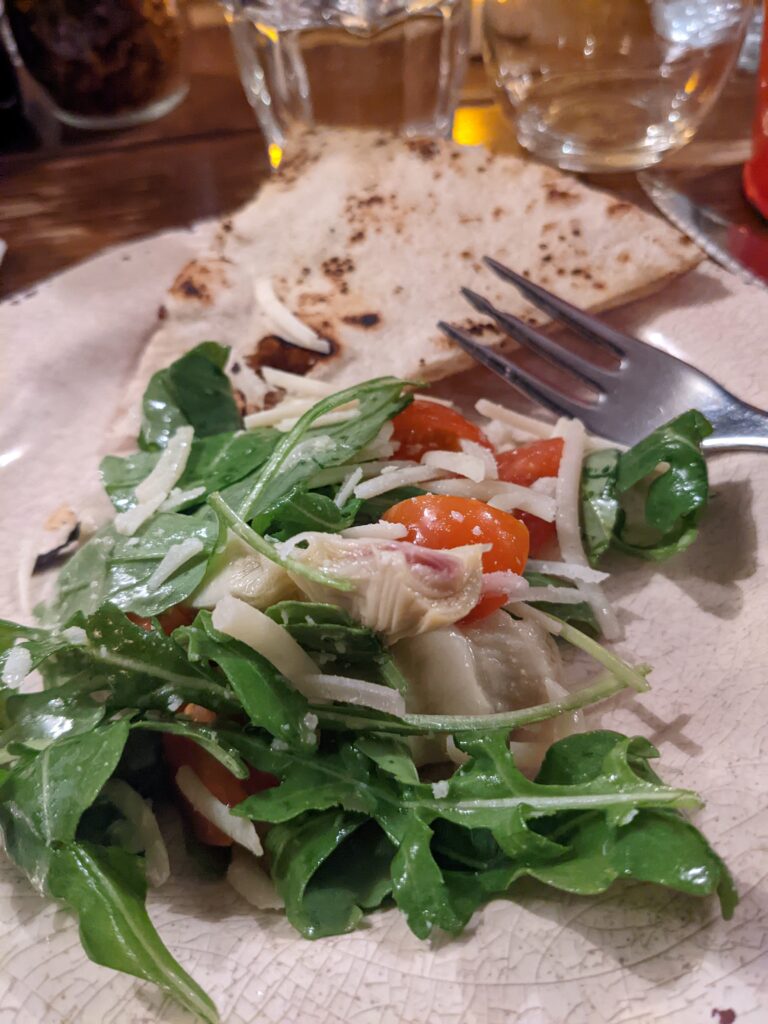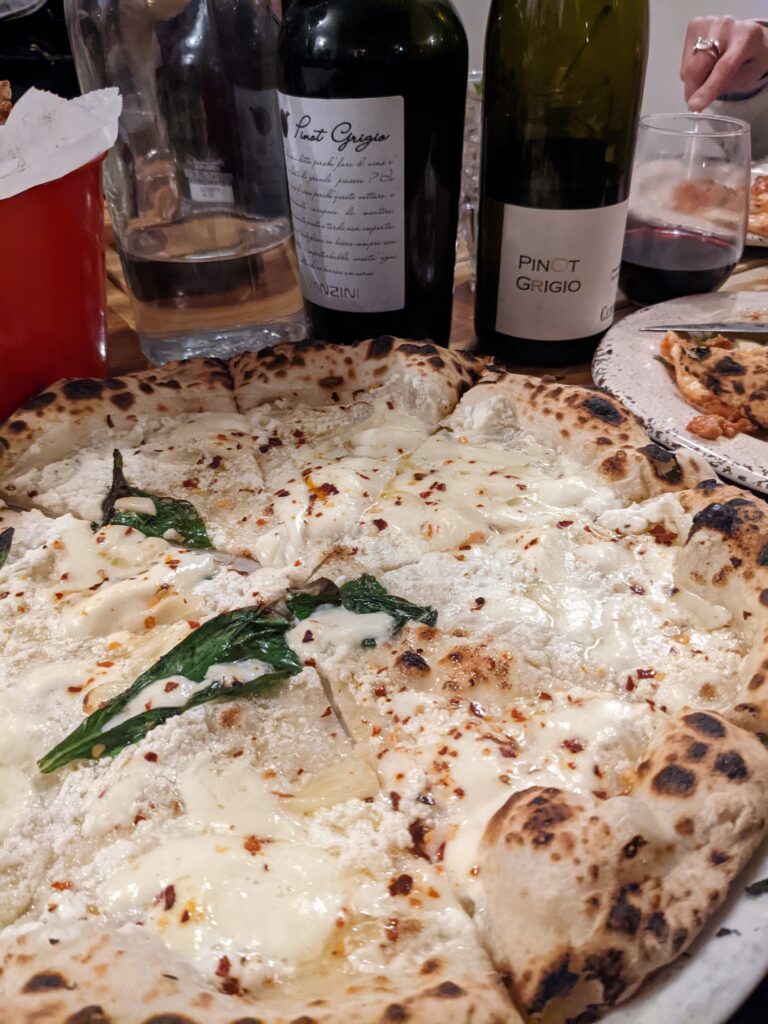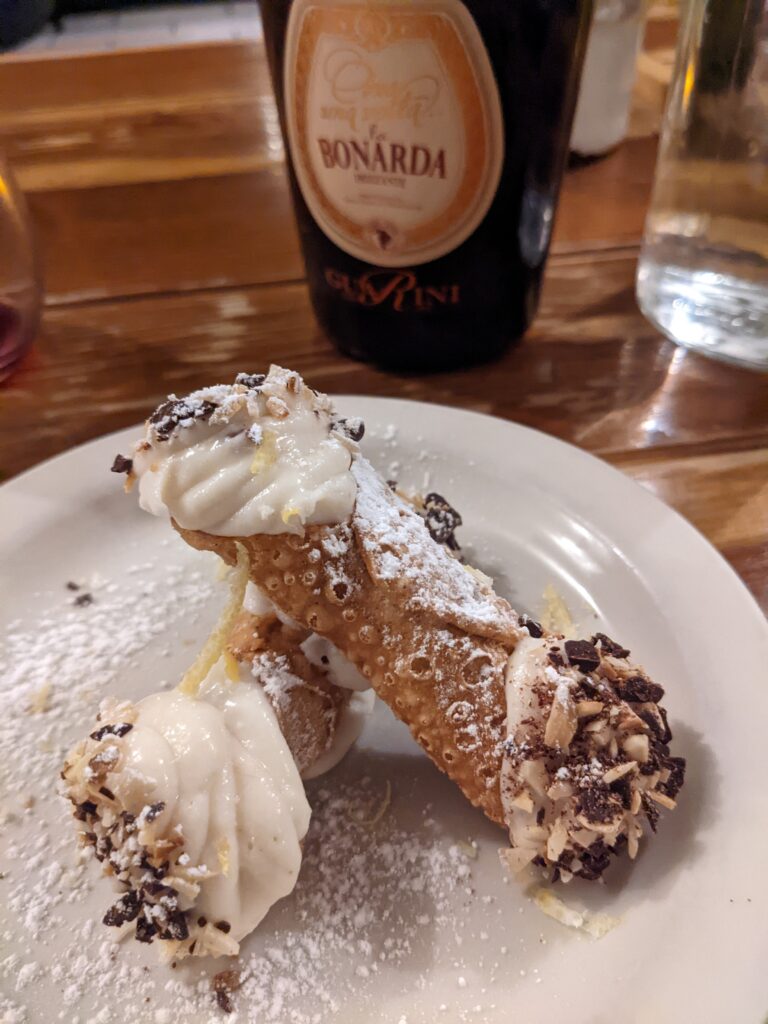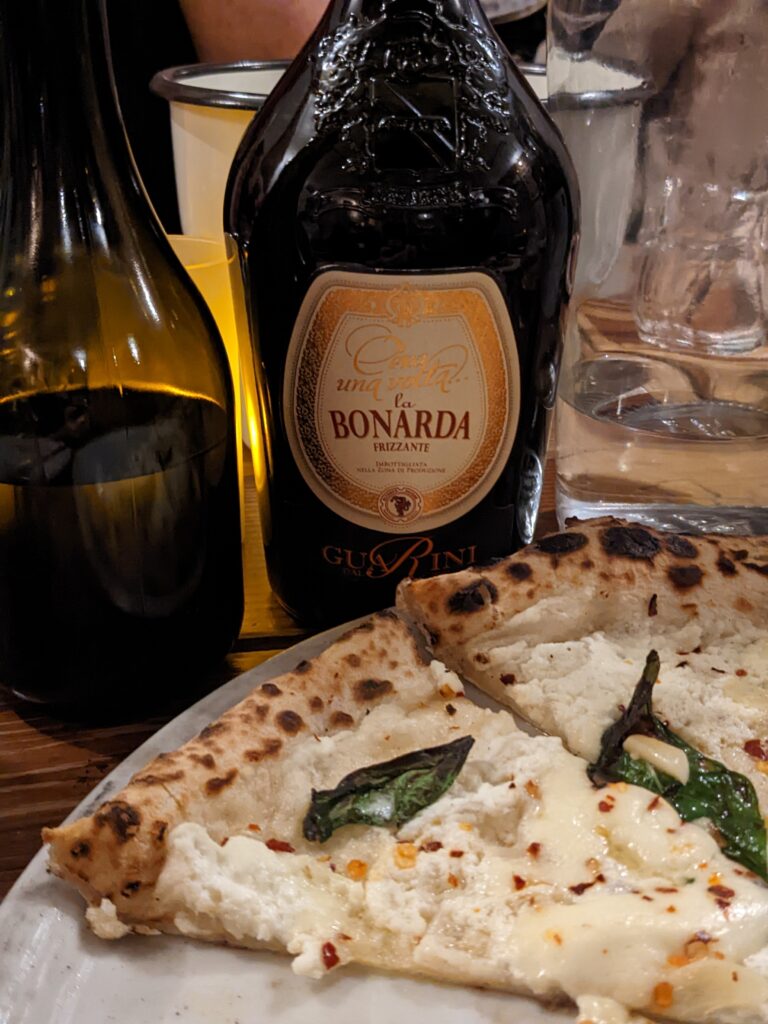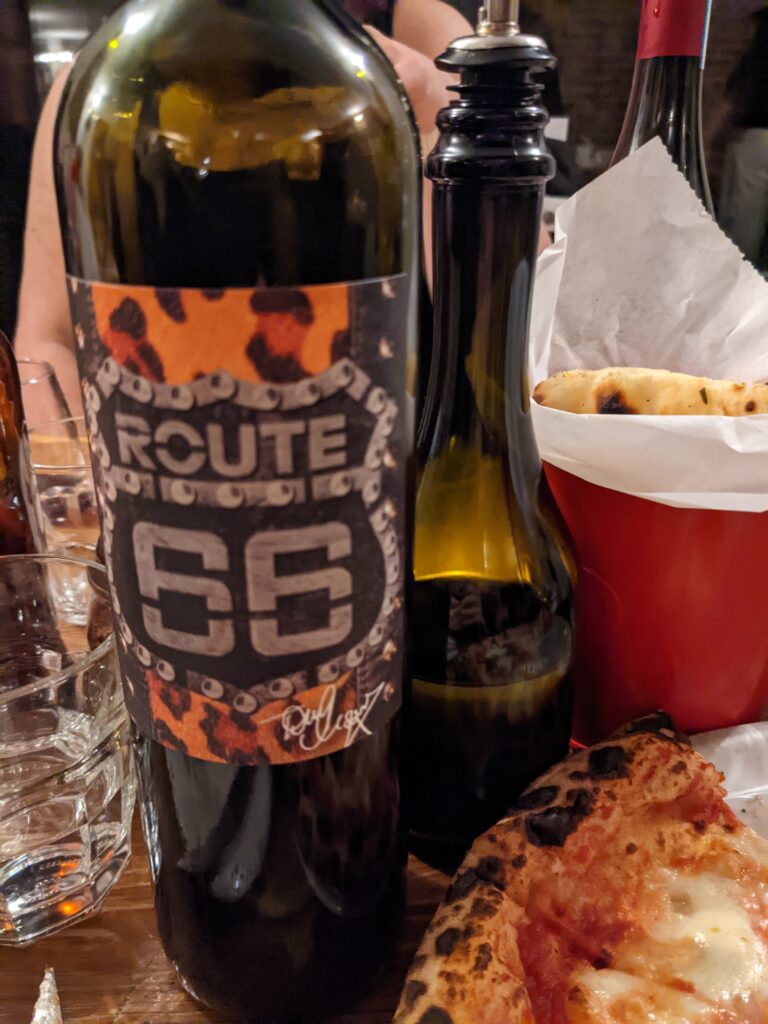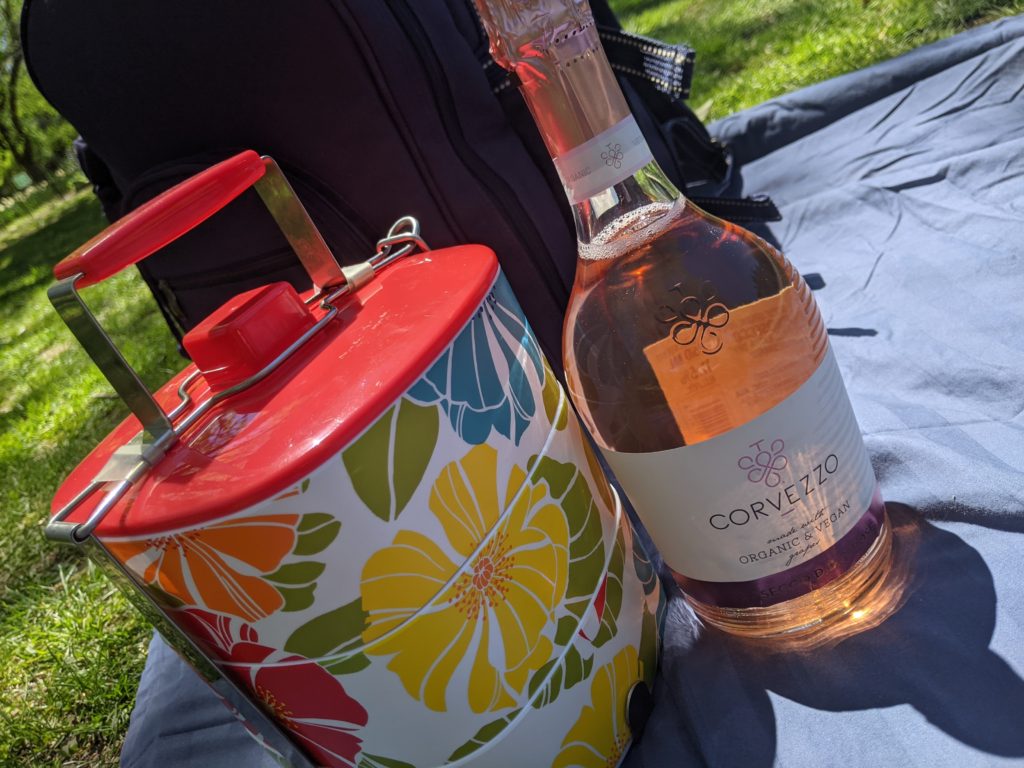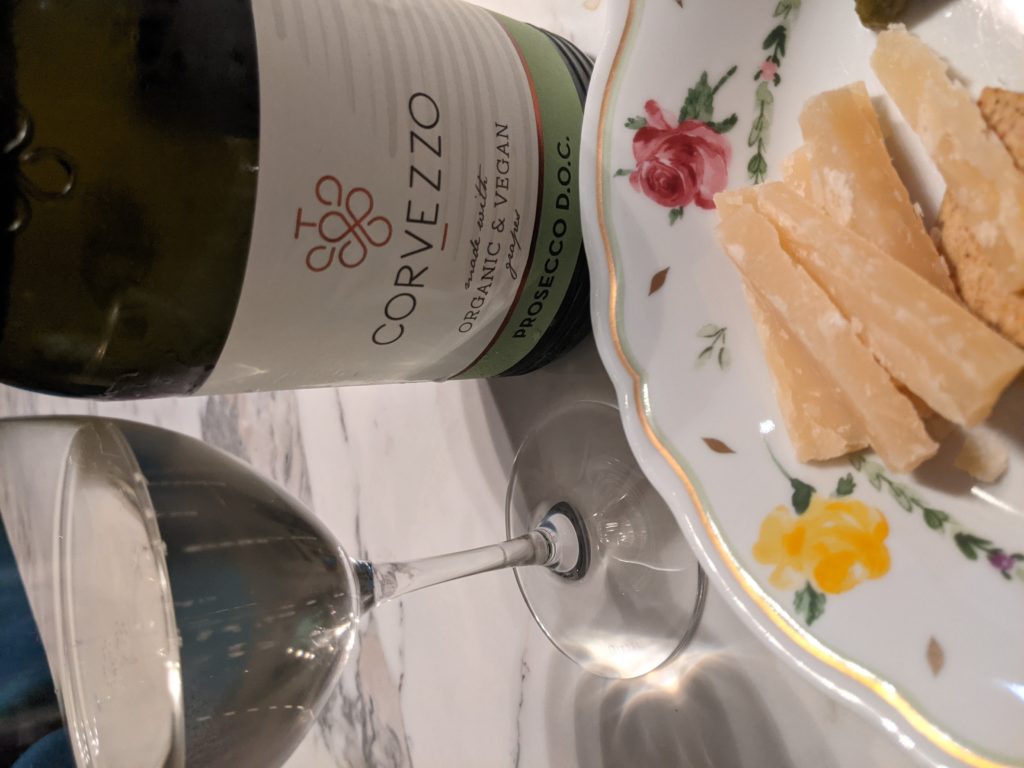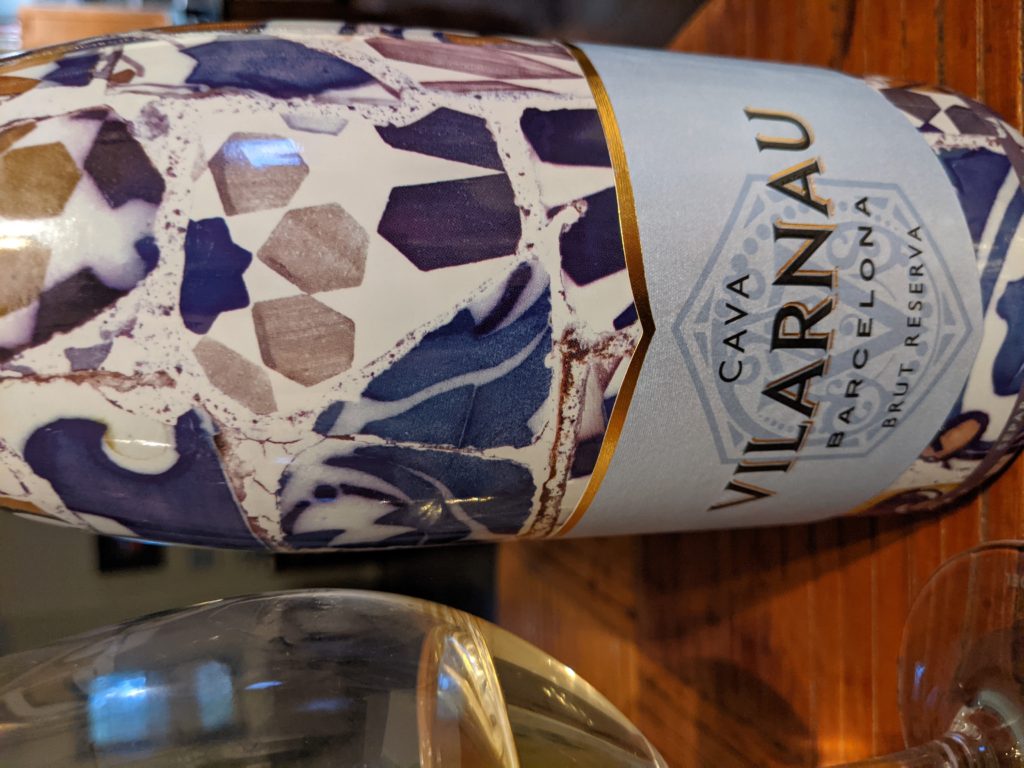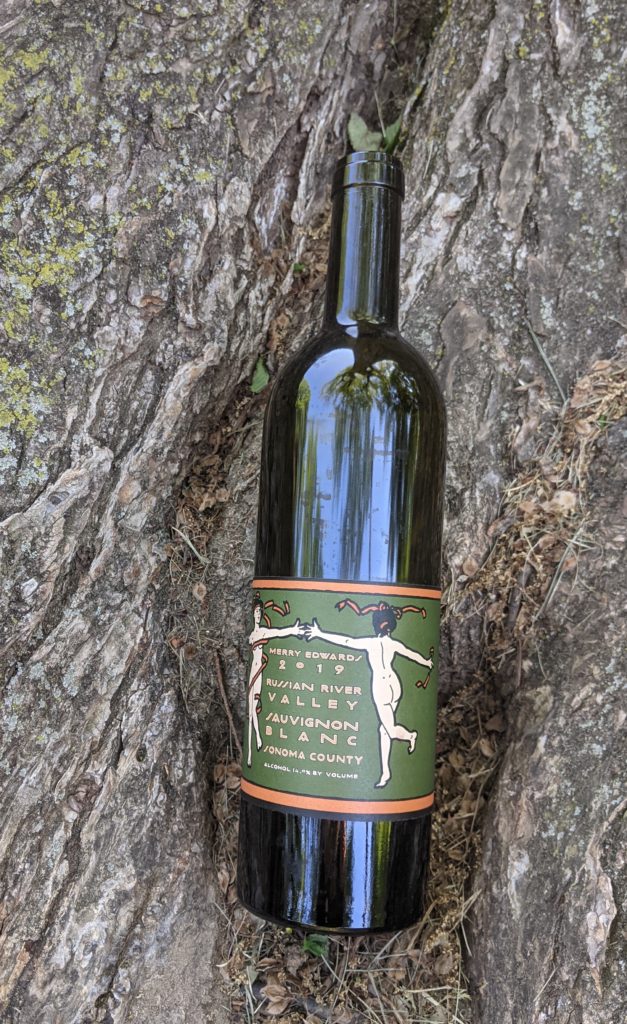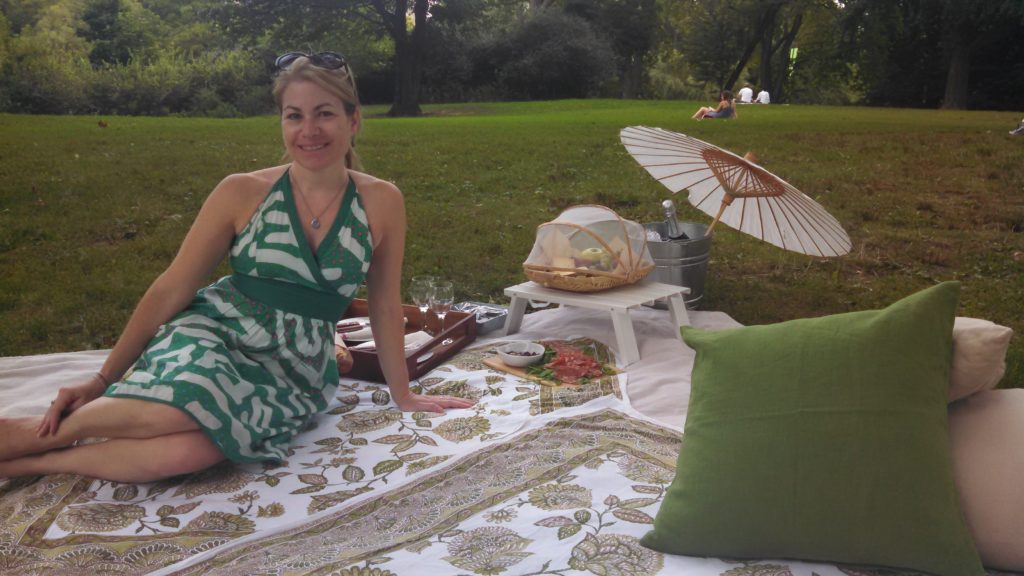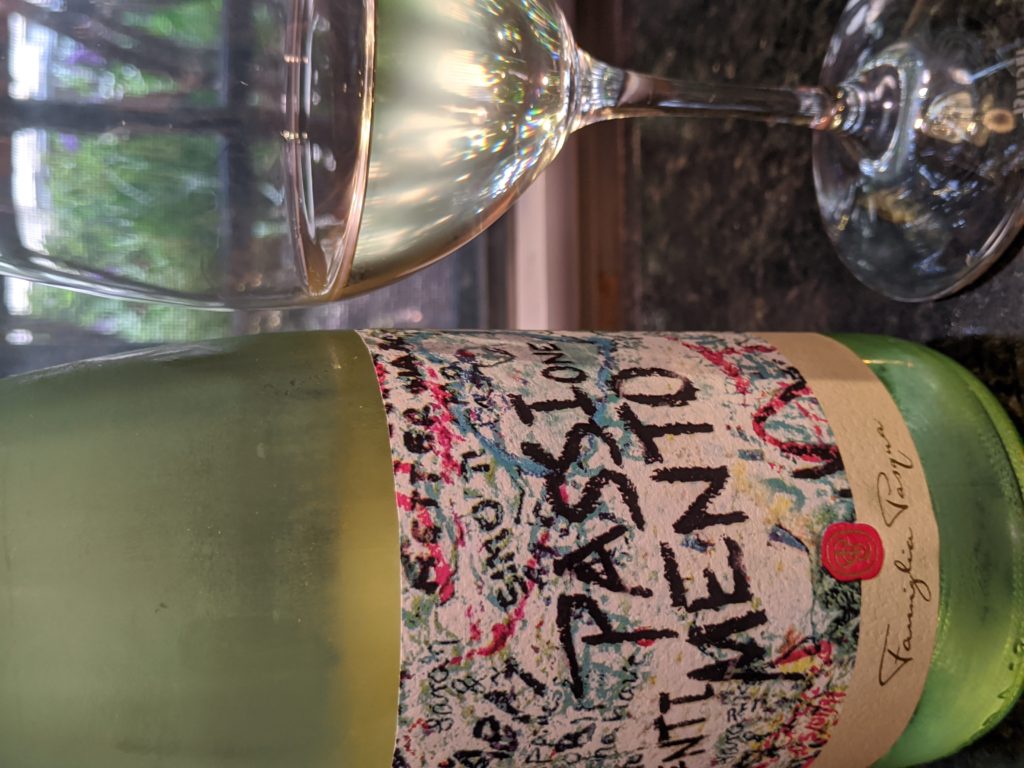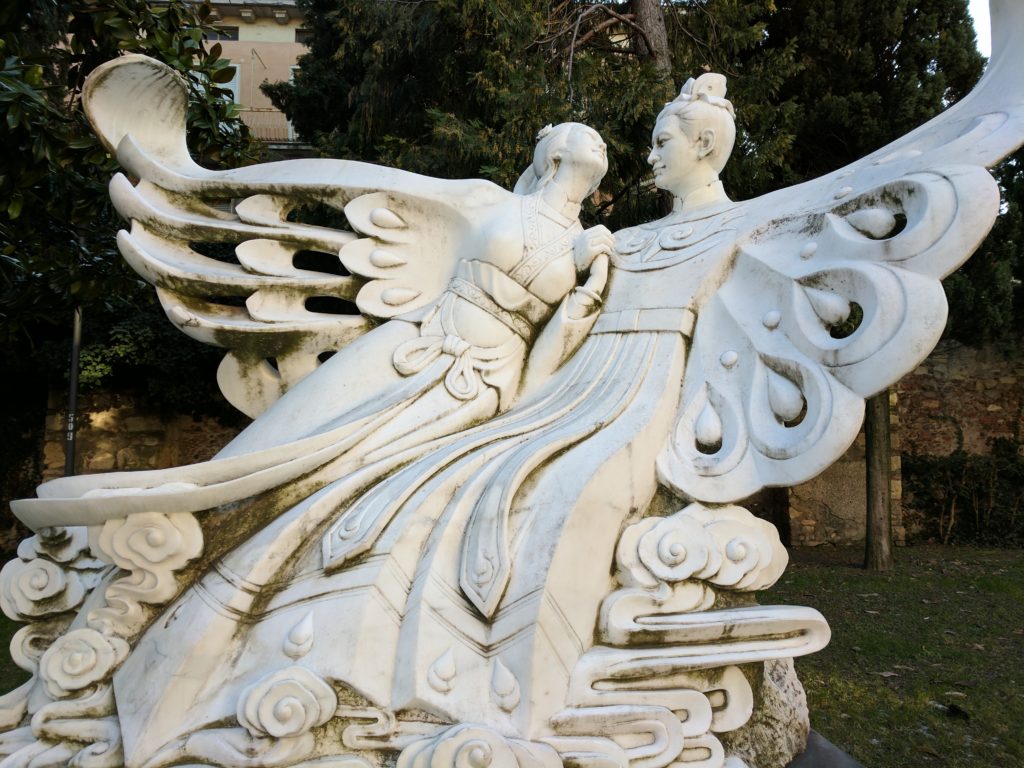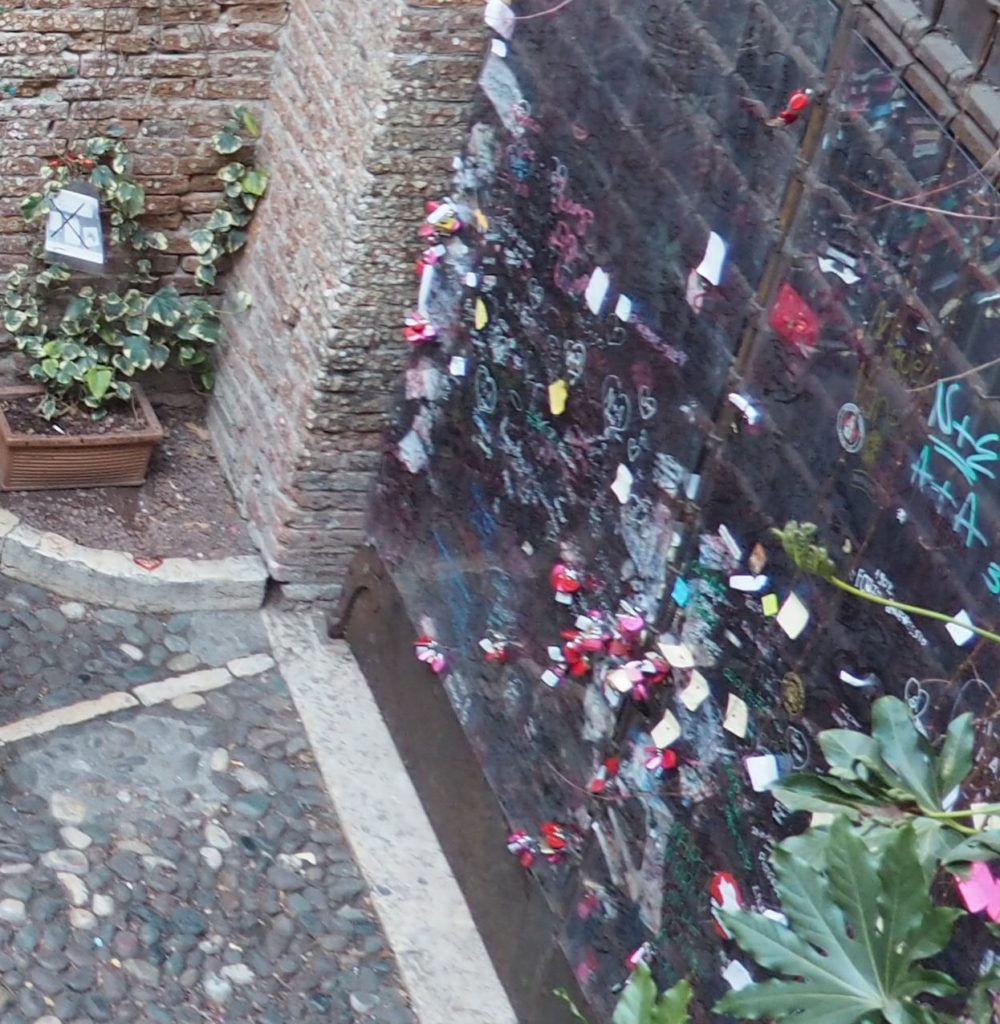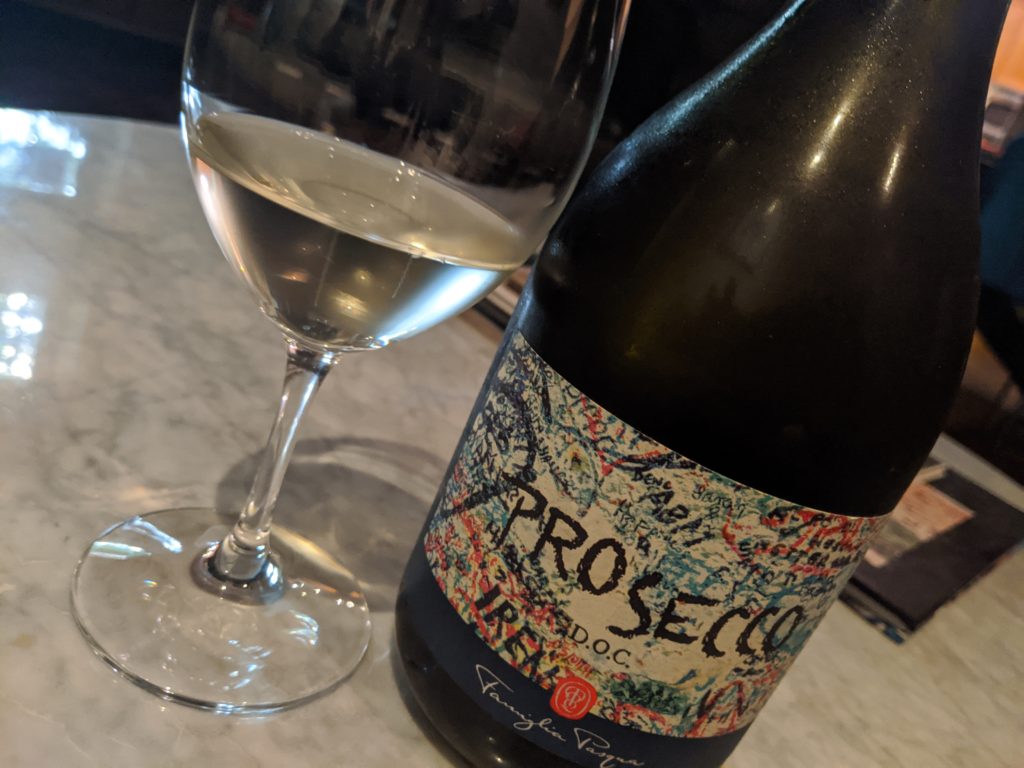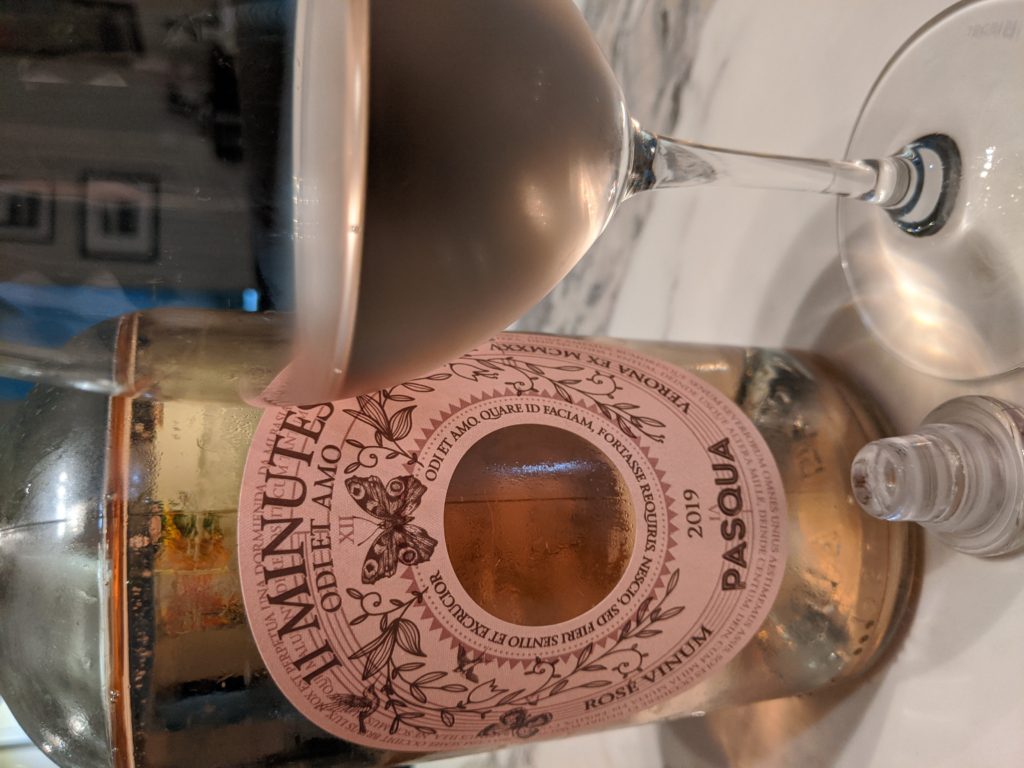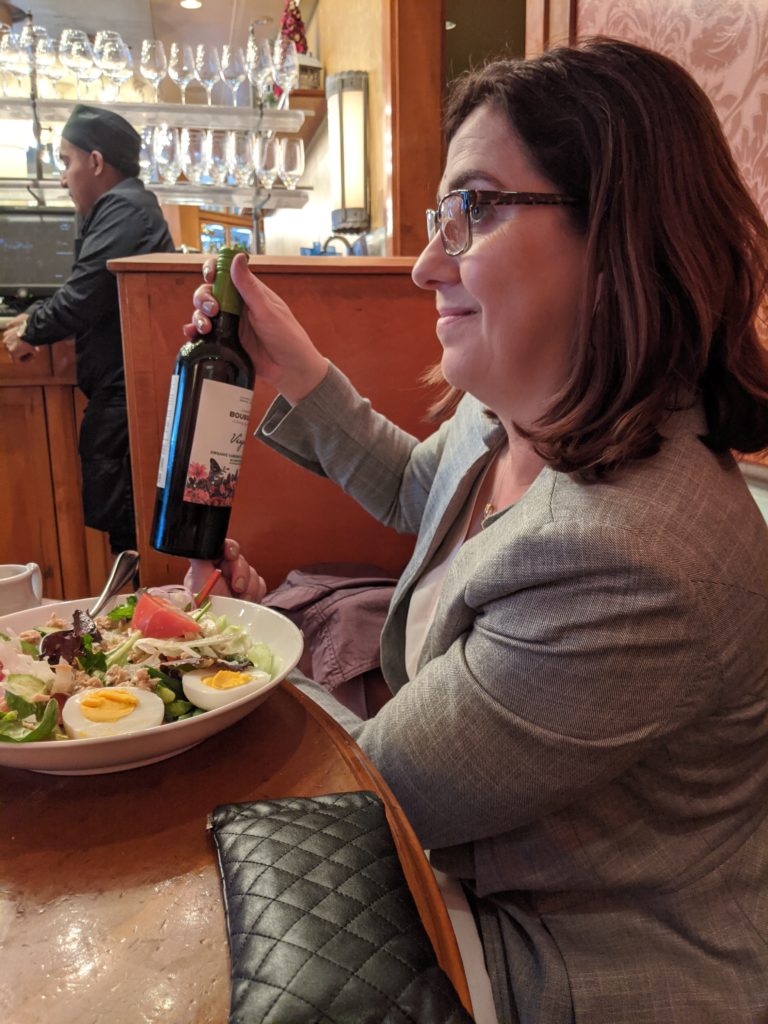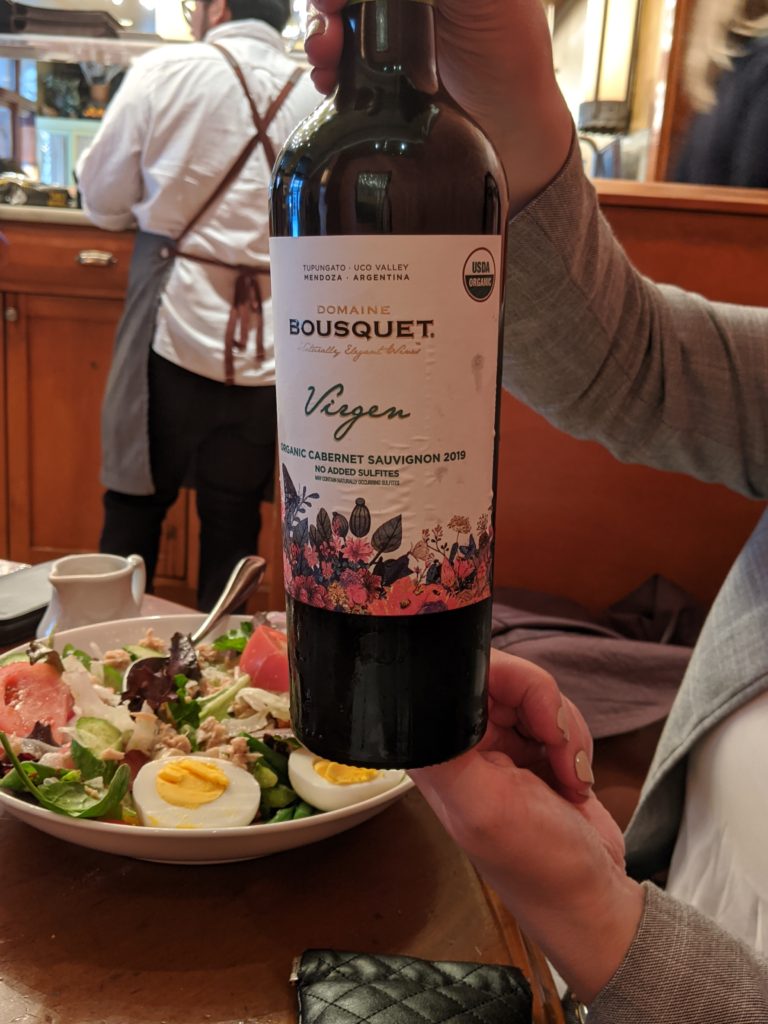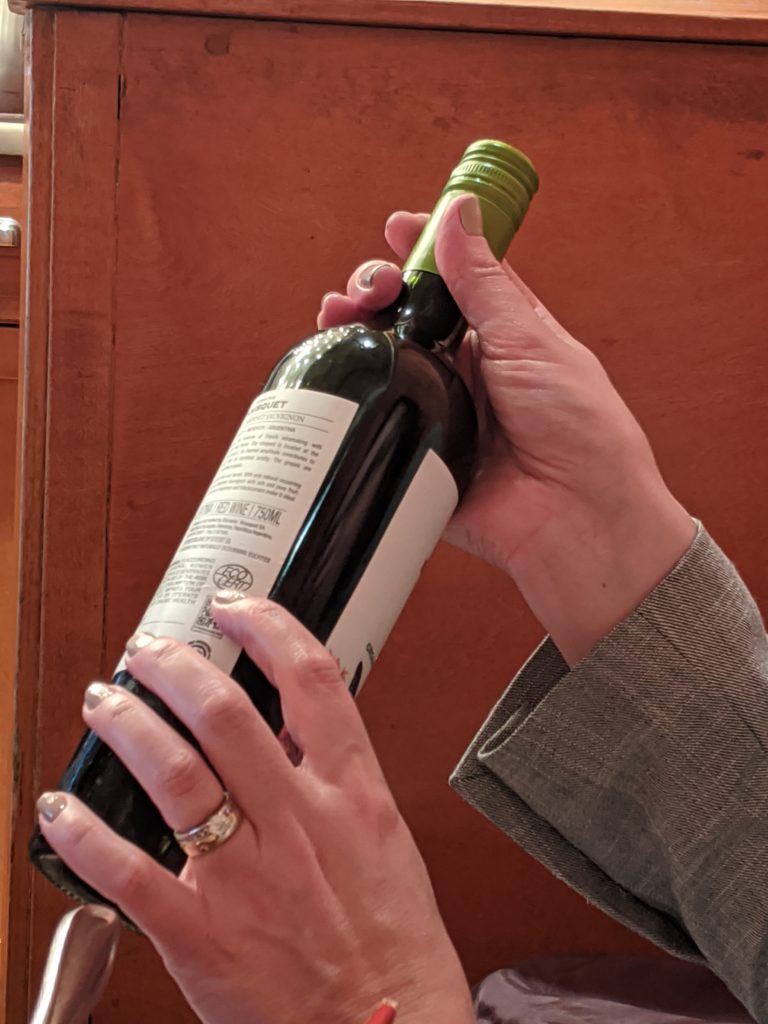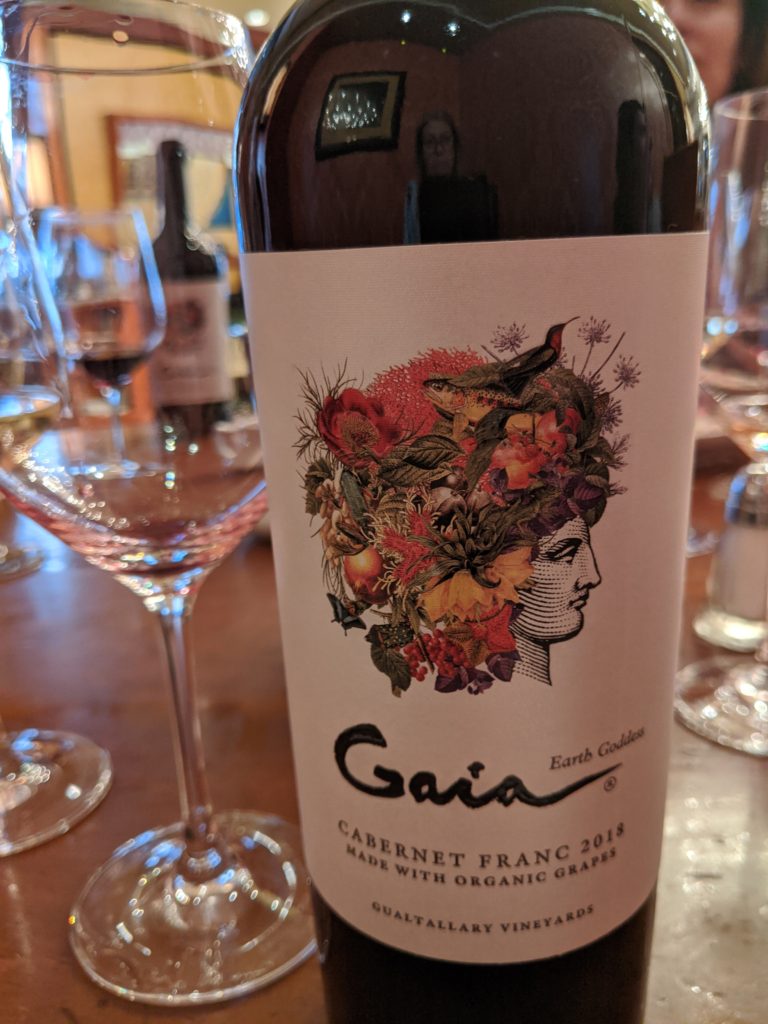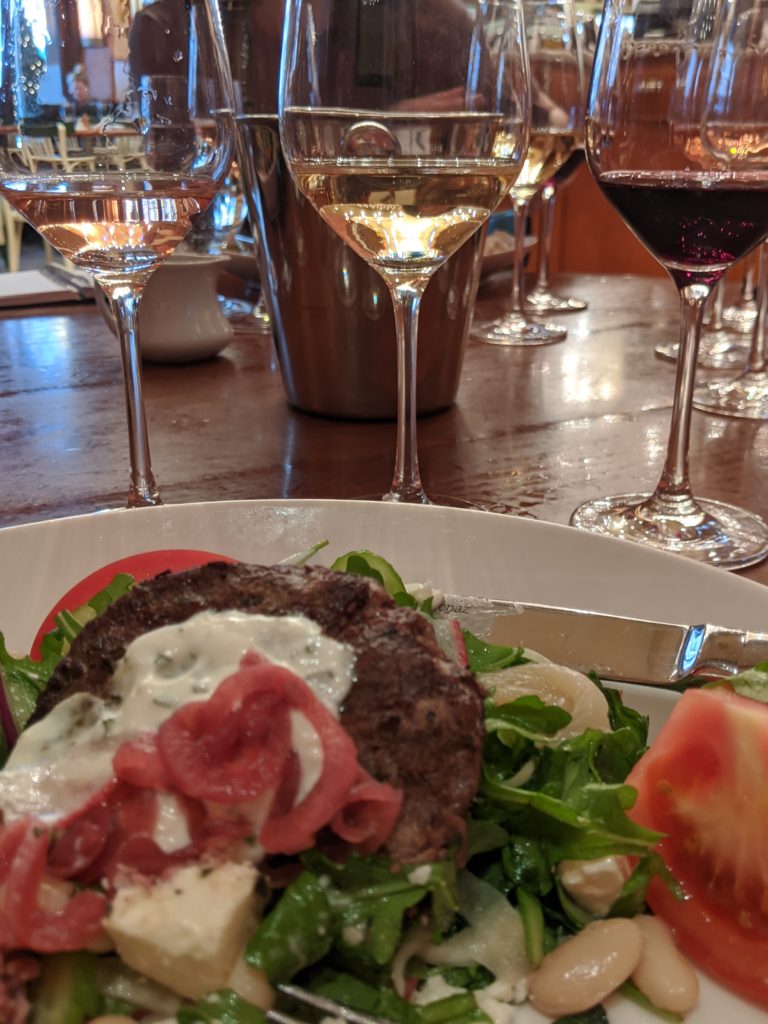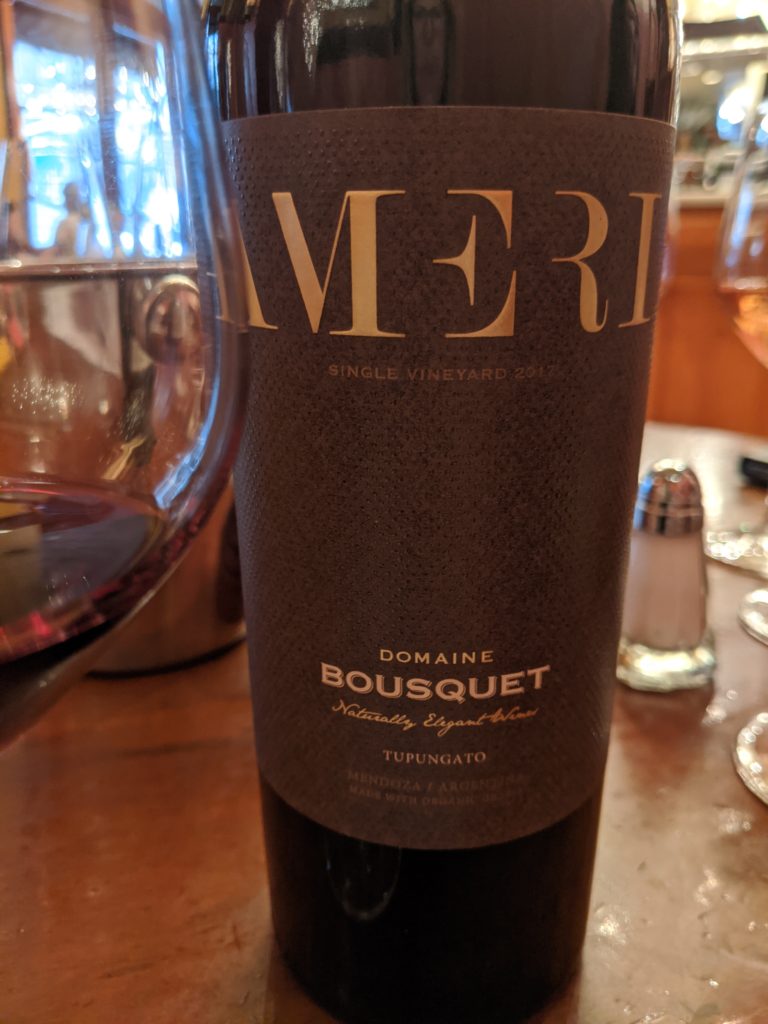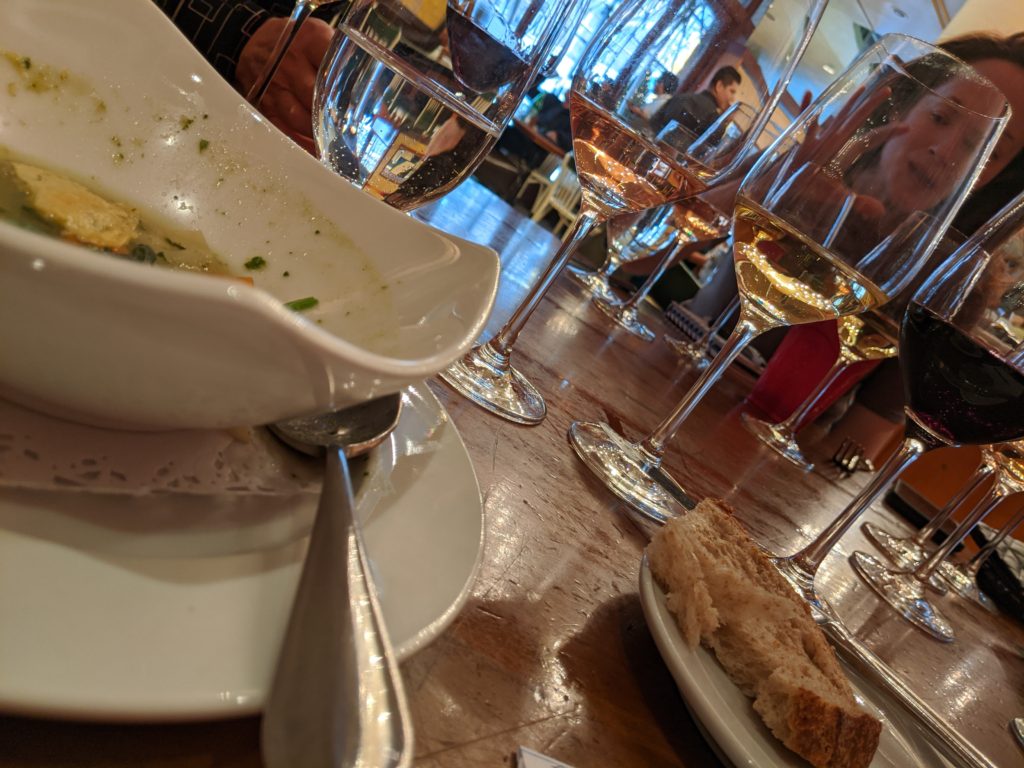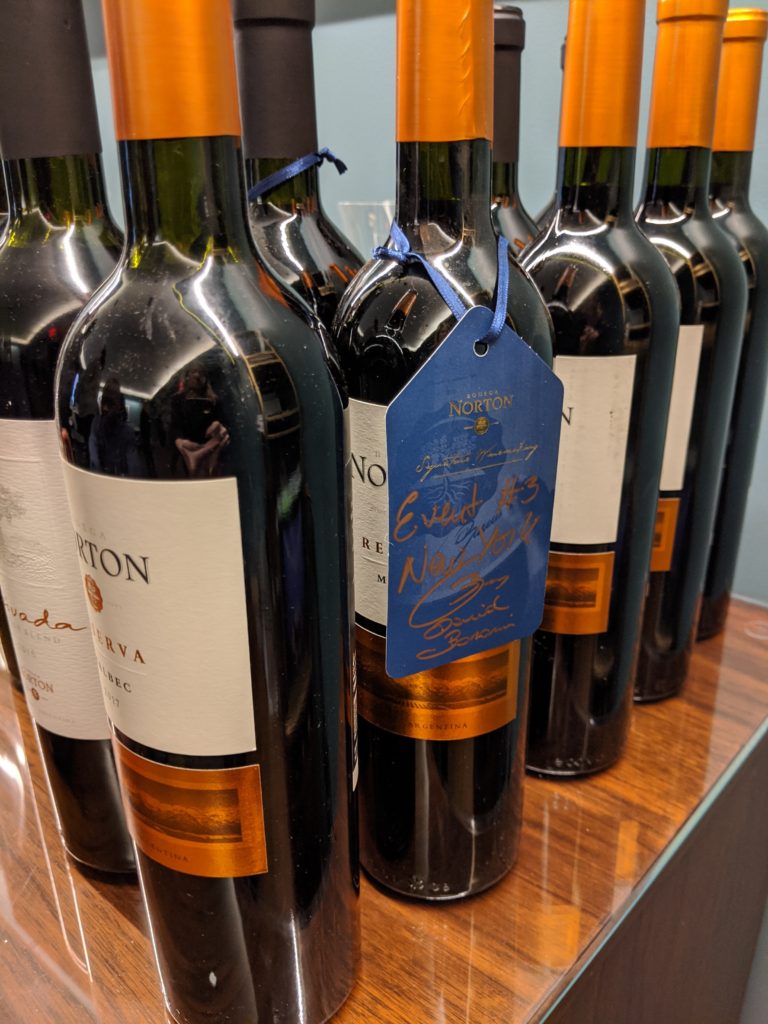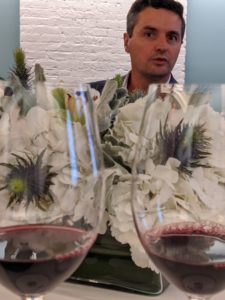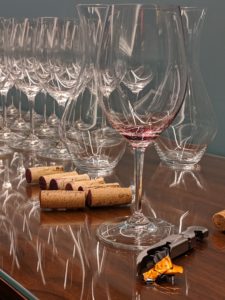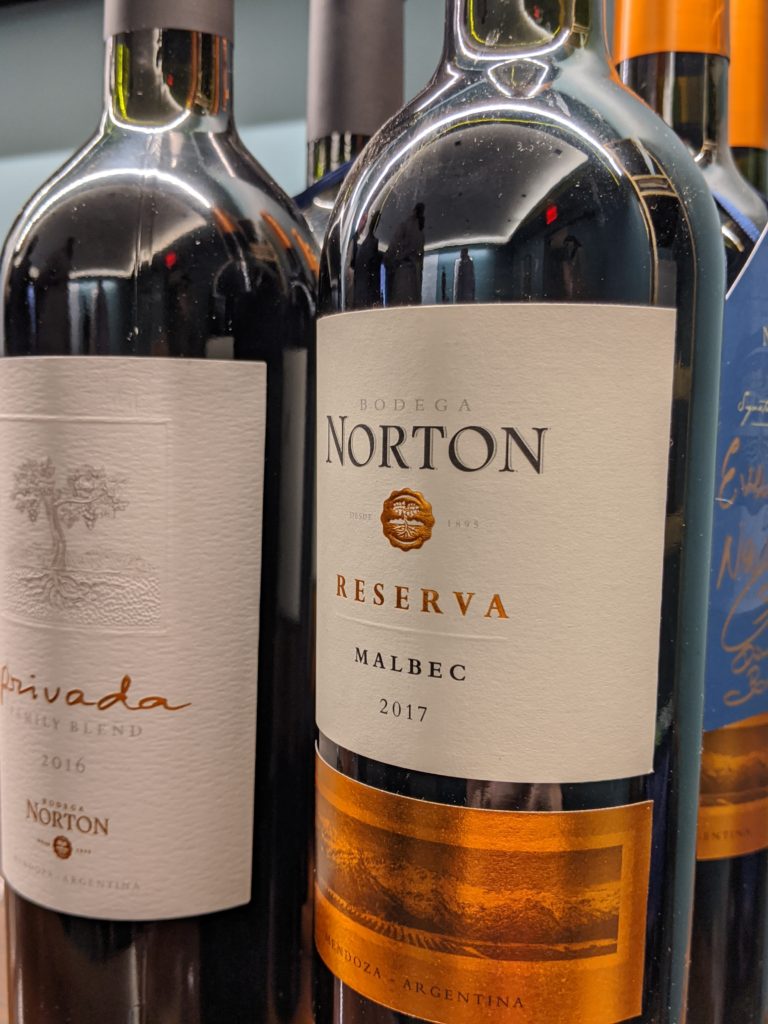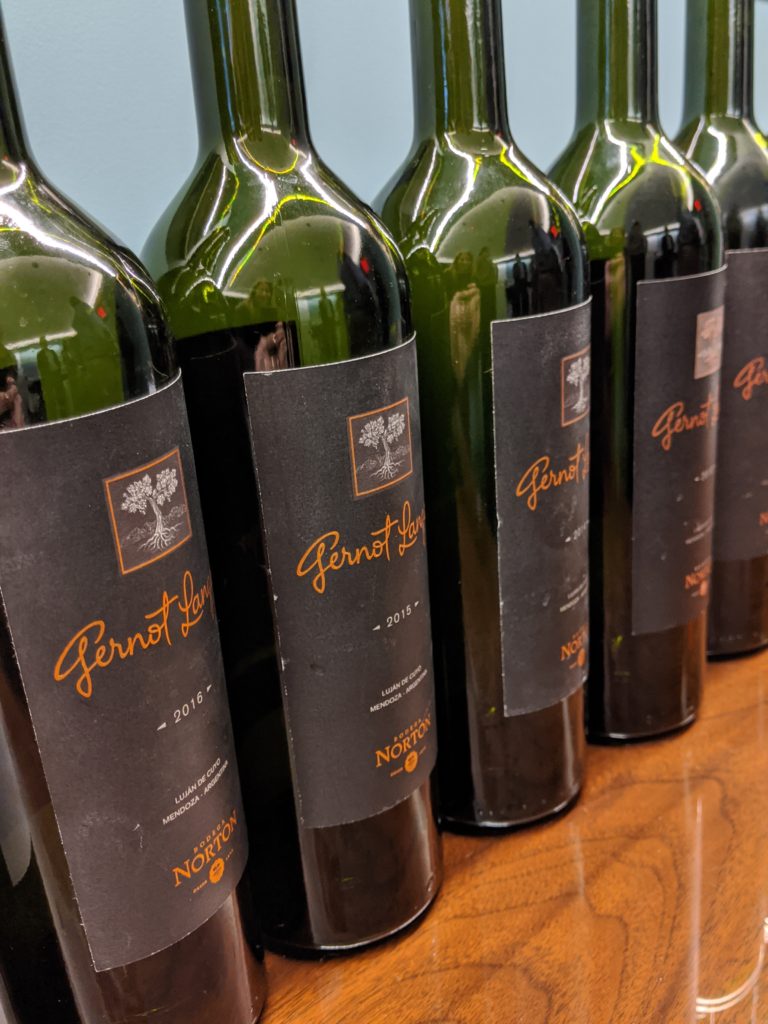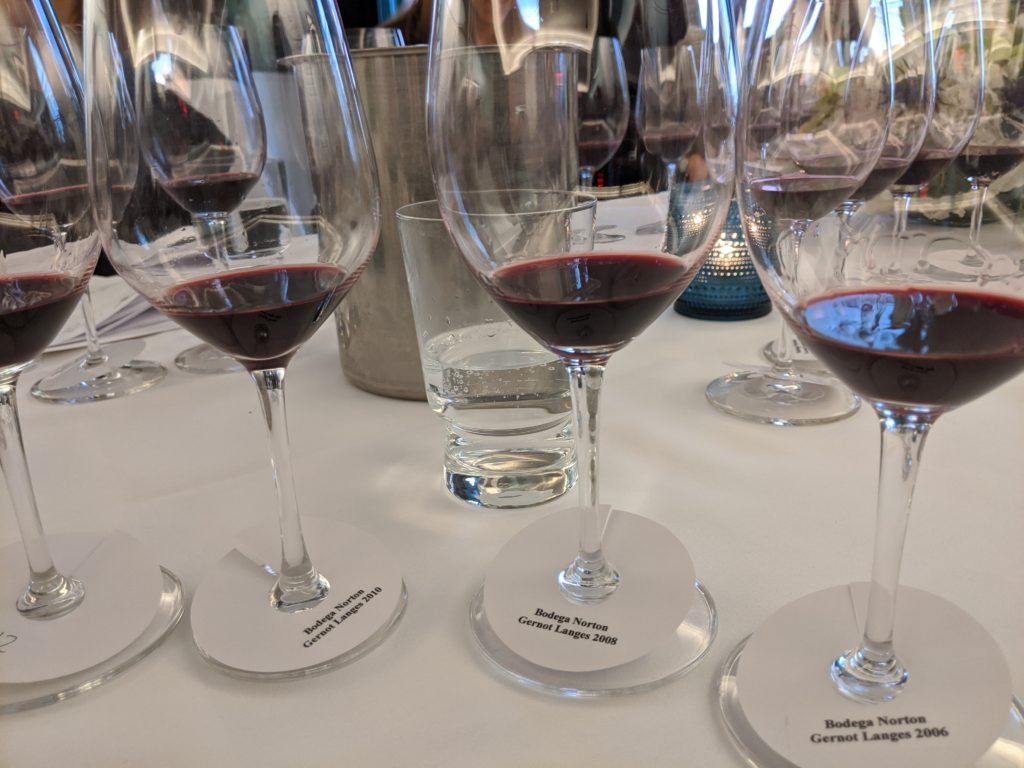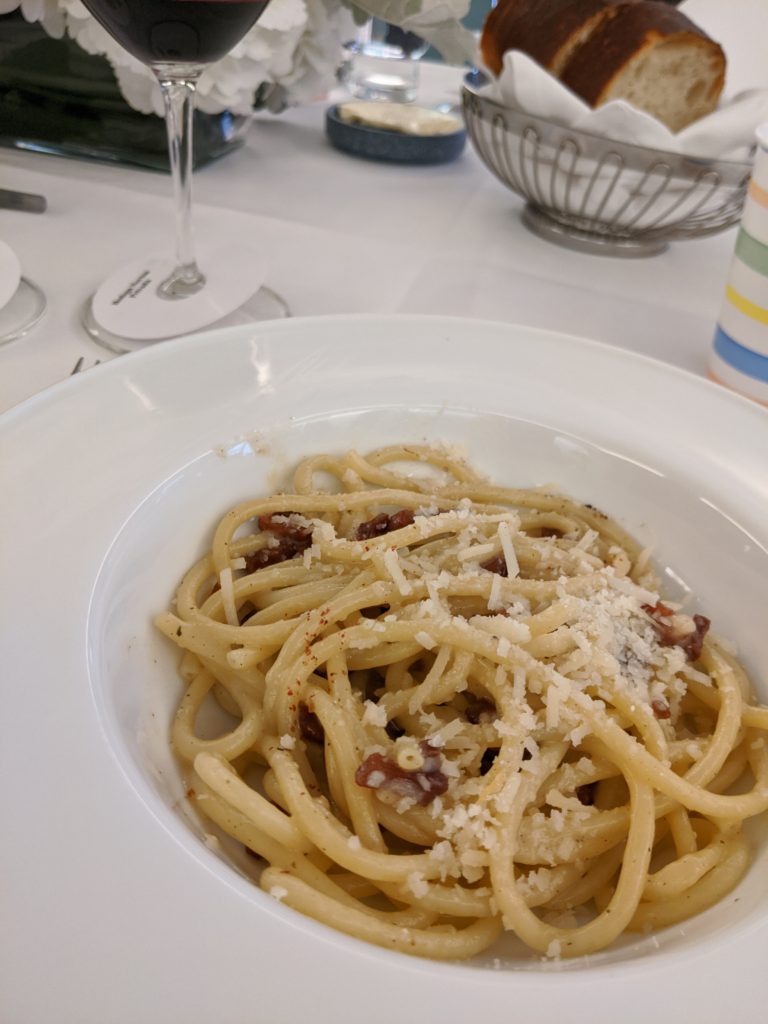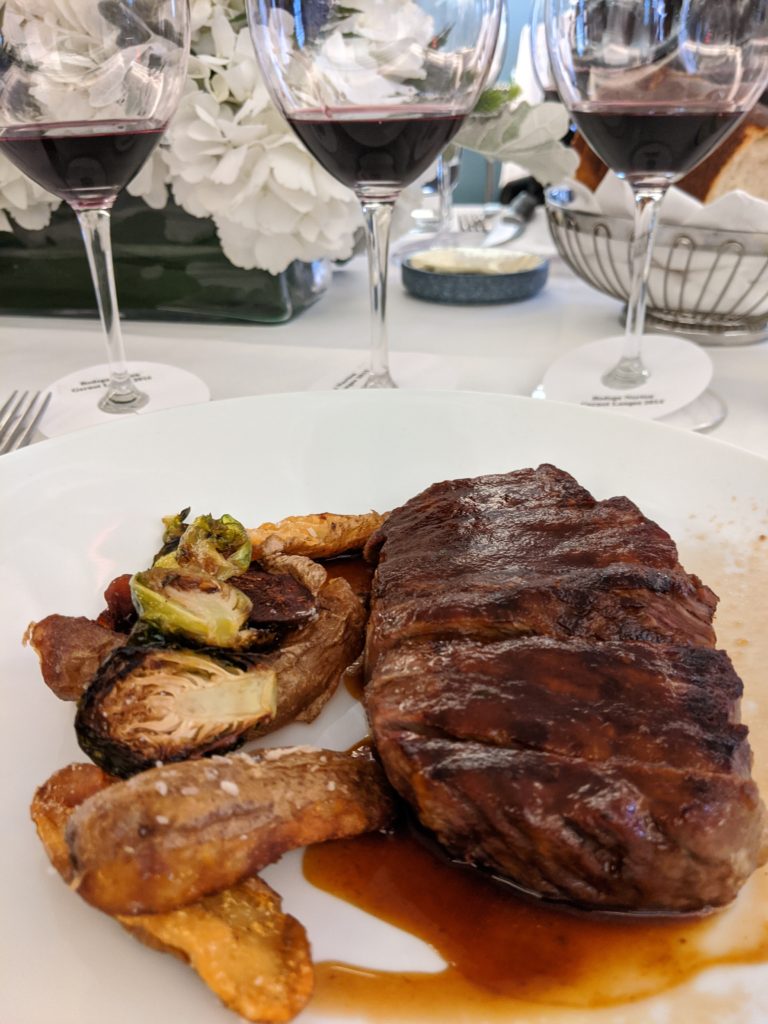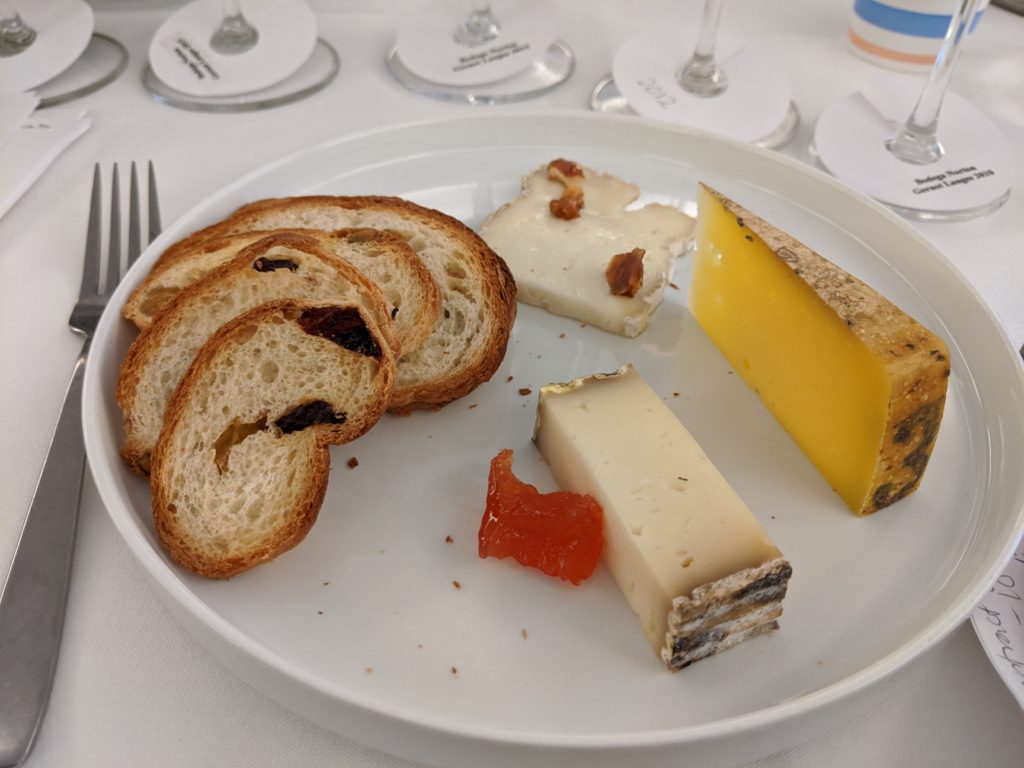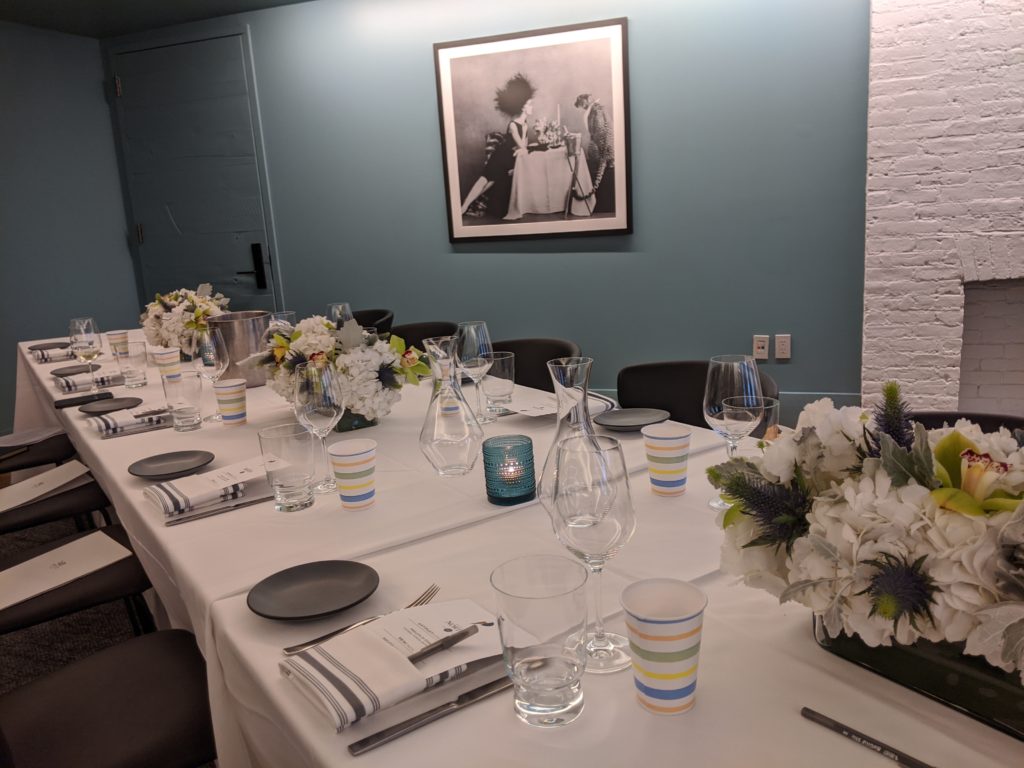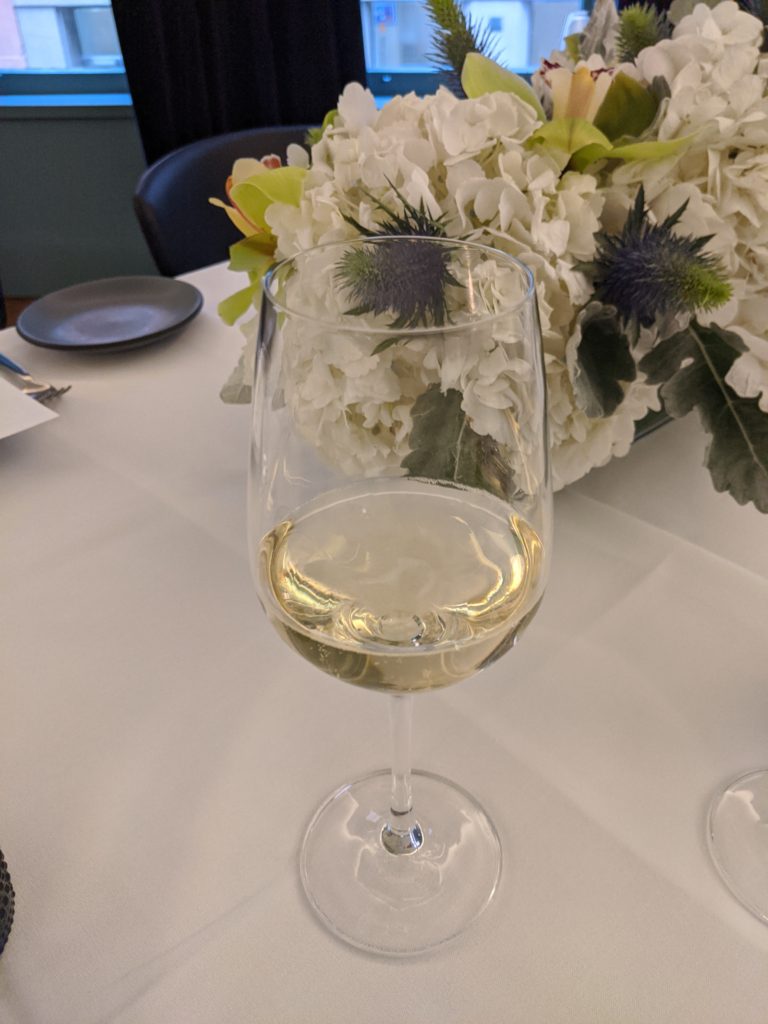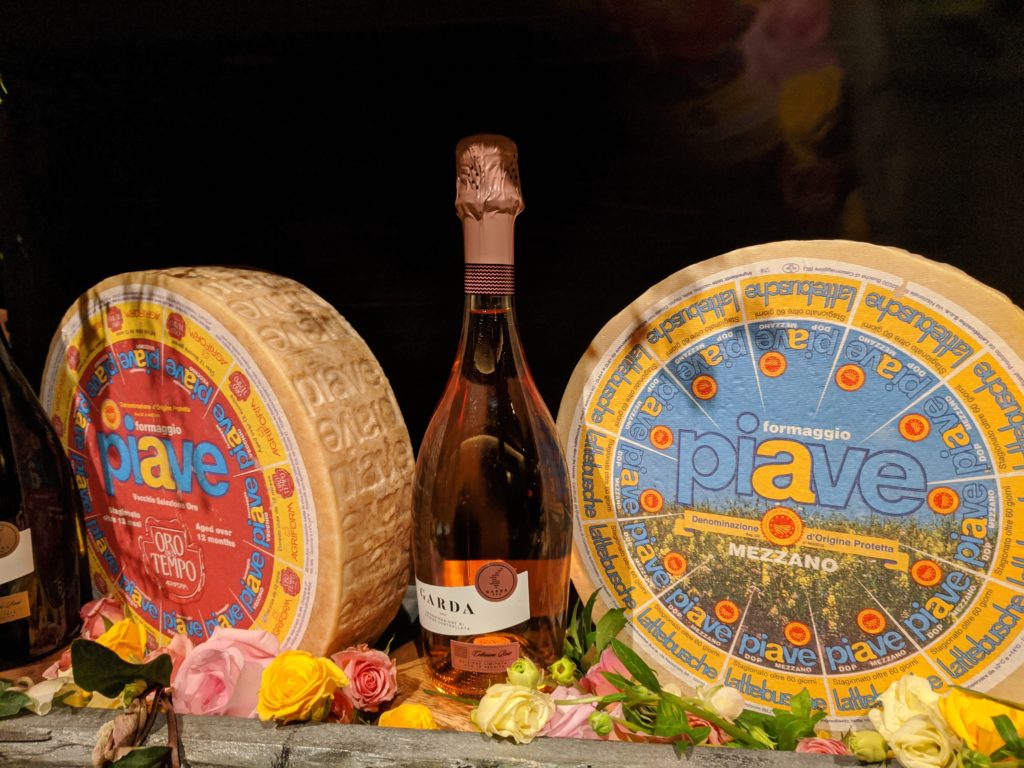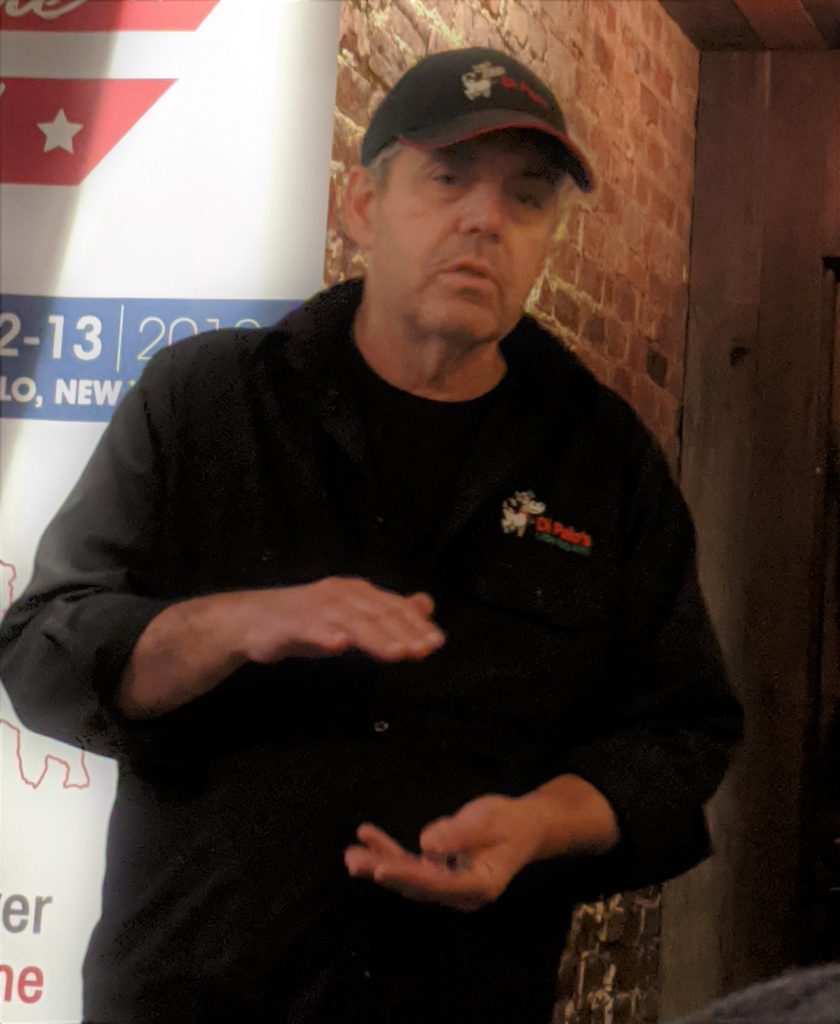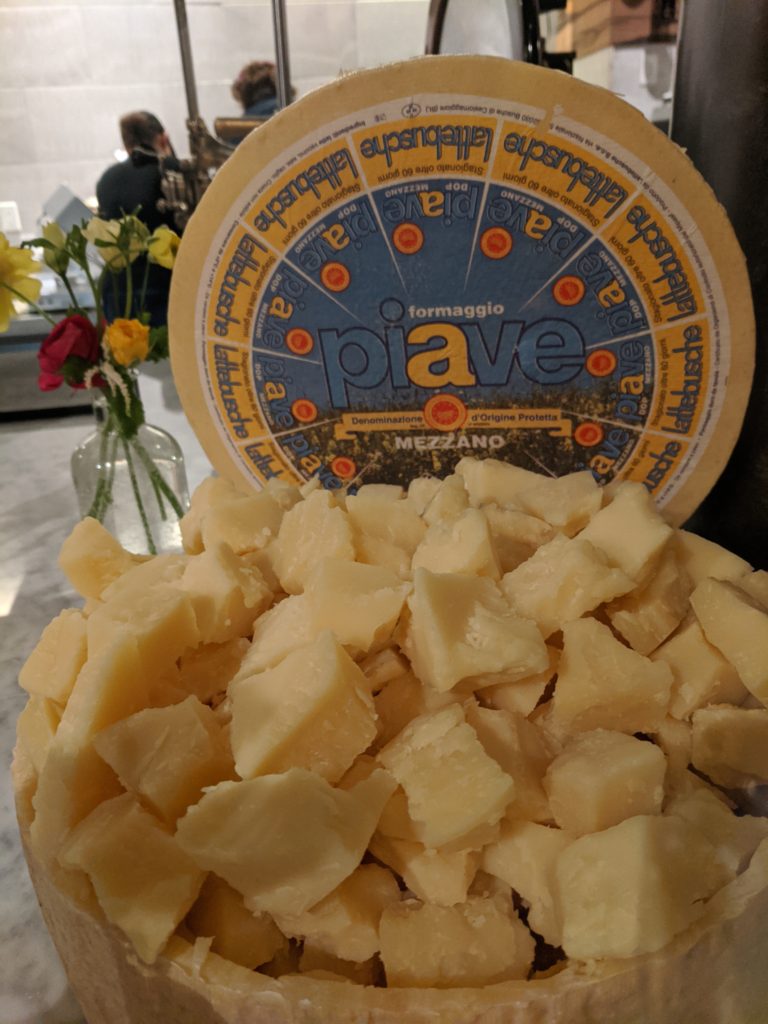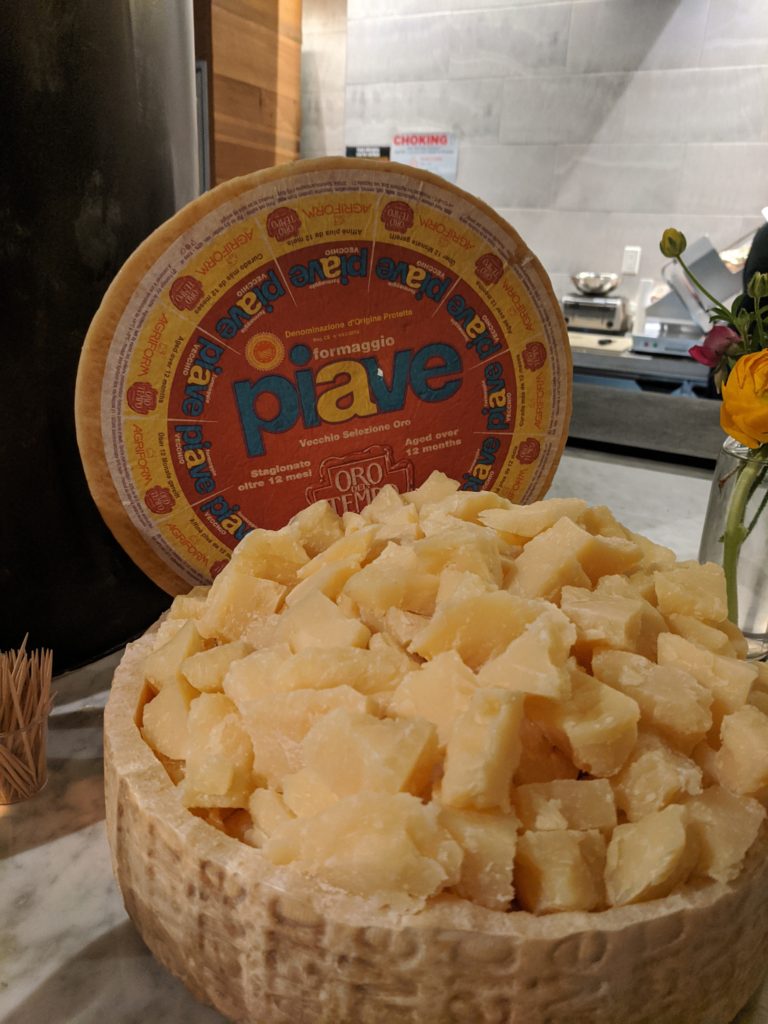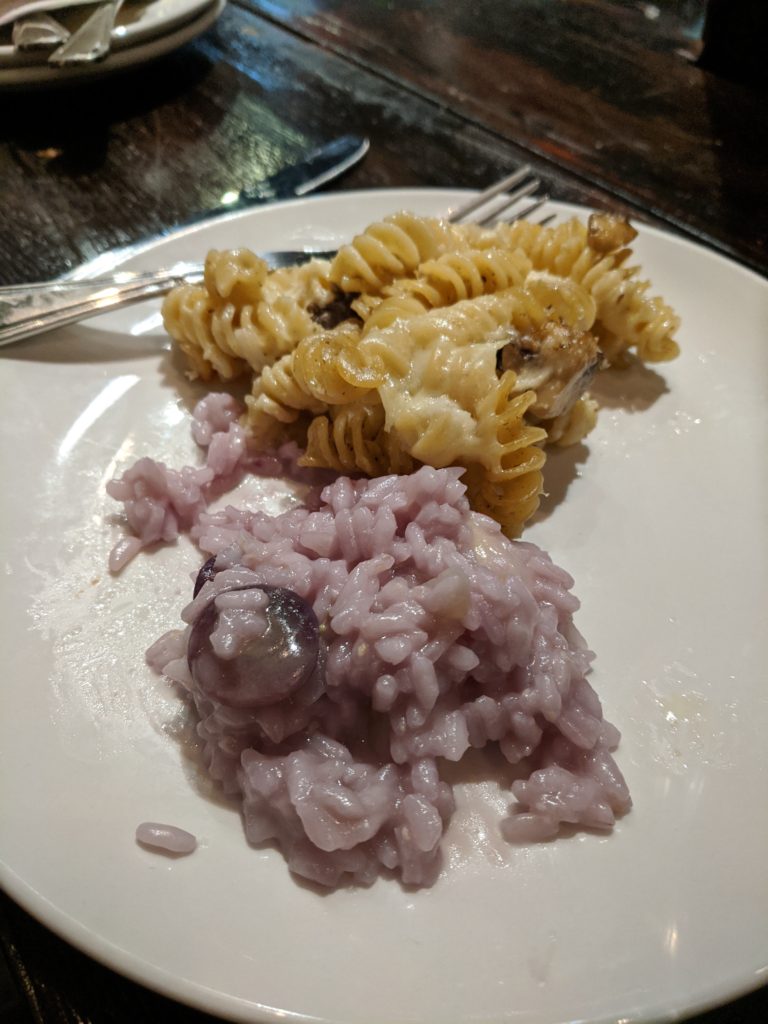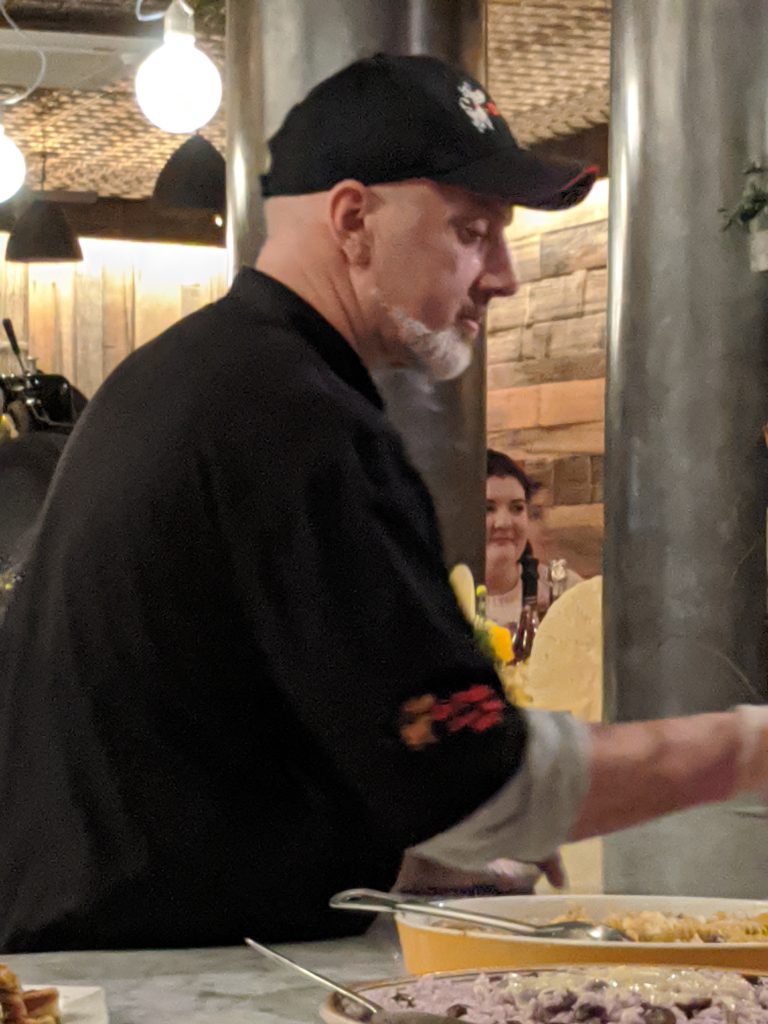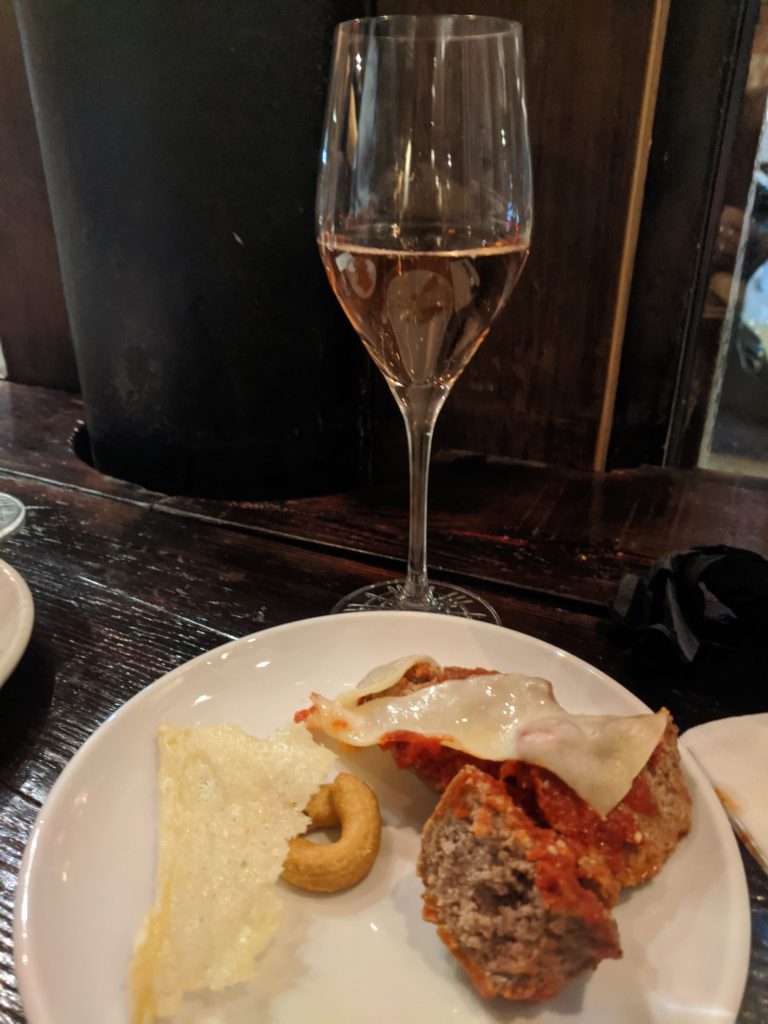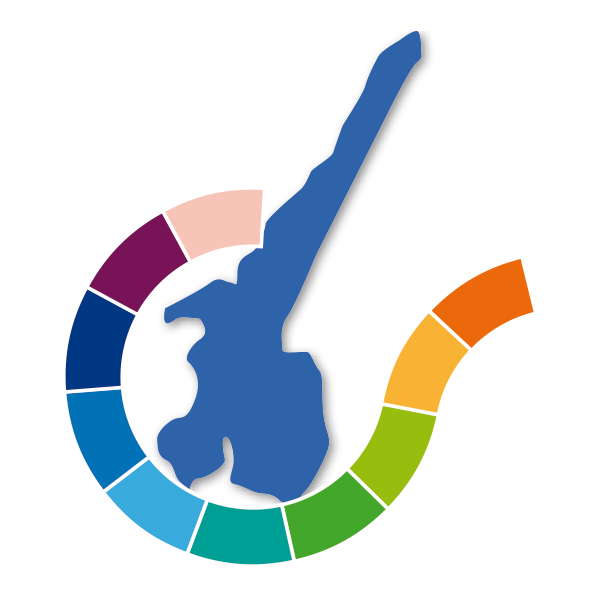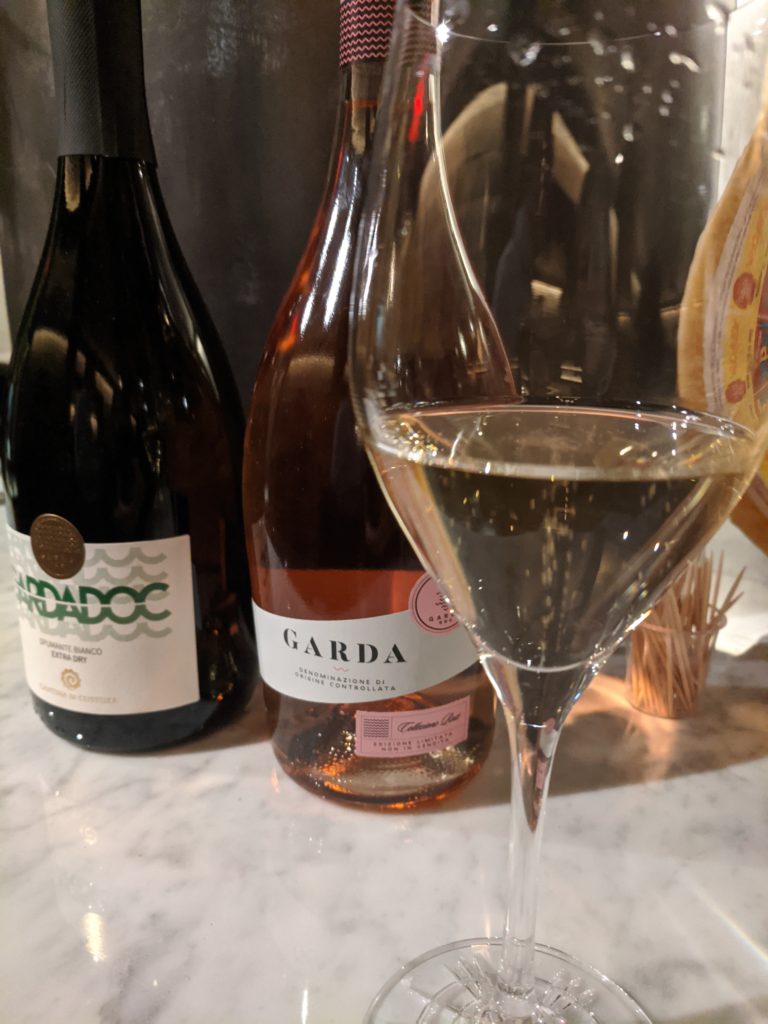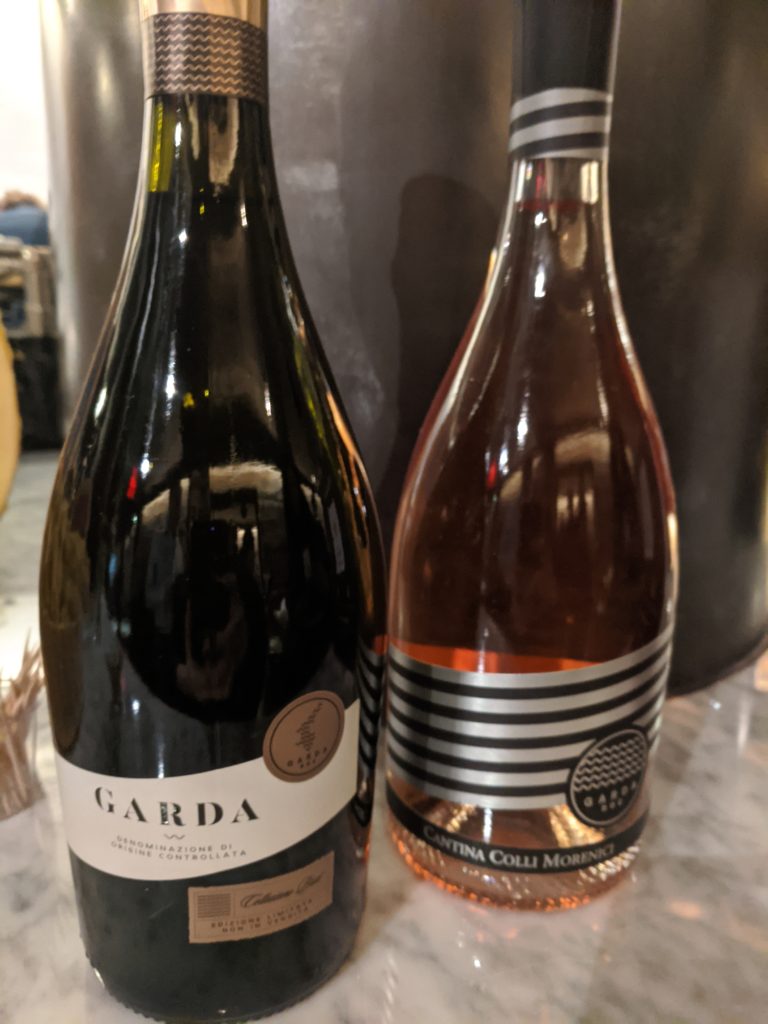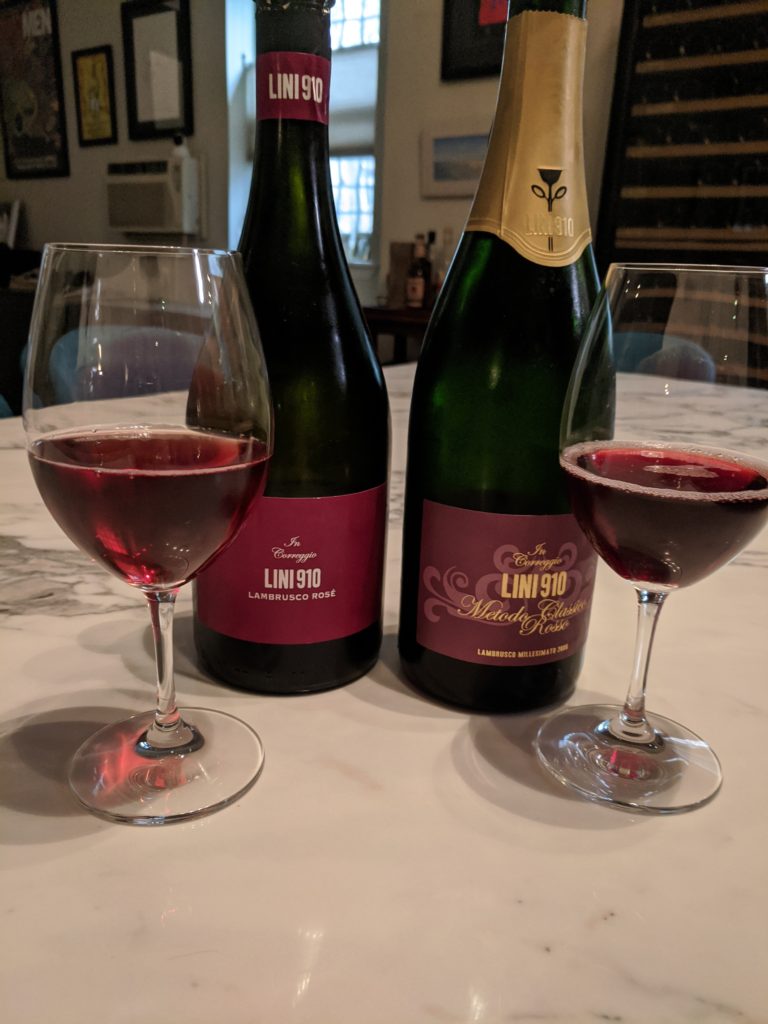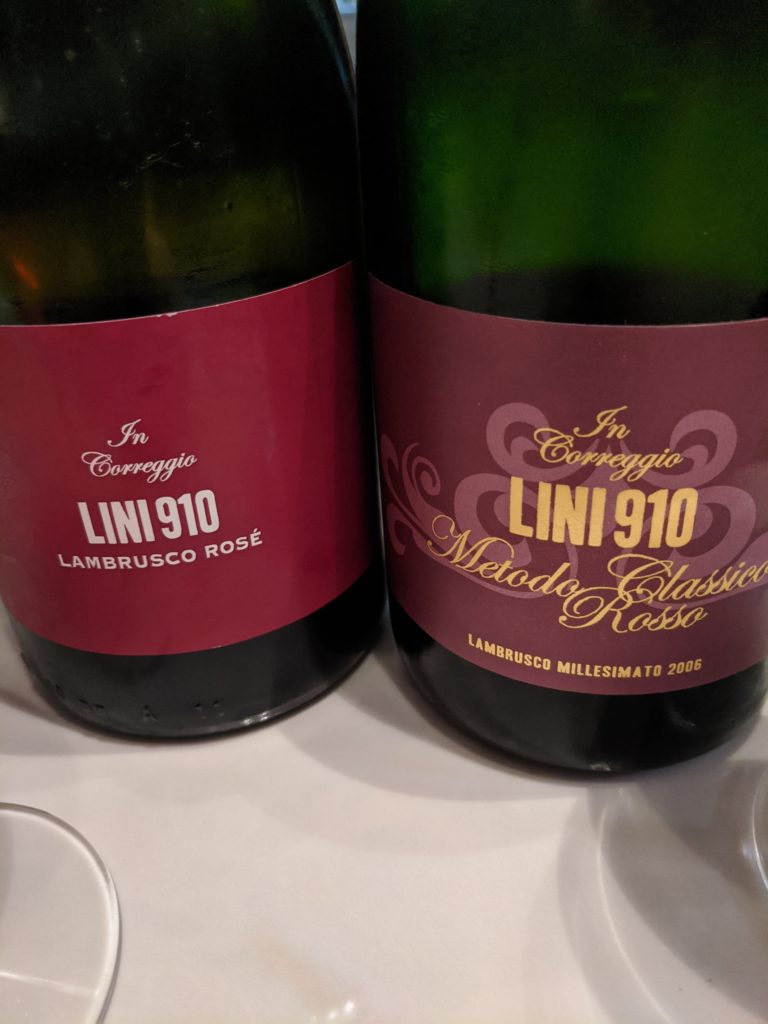
I’ve been in a different phase of my life right now, particularly marked by a shift toward drinking much less frequently and with much more intention. In this regard, I kicked off 2024 with what I referred to as “not quite a dry month, but definitely less of the hurricane that was December 2023”. As I have cut back my consumption, I have also sought out higher end wines that bring me much pleasure and savor them all the more as I am being more present and mindful of what’s in my glass.
I am also dealing with a breakup that has hit me really hard. I know that I will survive and come out the other side of this much stronger, but it has been challenging, especially since my last breakup was so long ago that I had forgotten how much it hurts. Moreover, while my consumption of Merry Edwards wines was never solely connected to my ex, we did enjoy a number of bottles together and the Merry Edwards Sauvignon Blanc was one of his favorites well before he met me, so drinking these wines is somewhat of a reminder of what was and will no longer be. A bittersweet note for sure, but, thankfully, not sufficient to keep me from enjoying them.
With these two influences on my drinking habits, I have been seeking out different ways to indulge in wine than I had done so previously. What this has meant has been a shift away from opening up a bottle of wine just to have a glass (although there is certainly nothing wrong with that) and more frequently, choosing, instead, to share it with dear friends or at least make it the centerpiece of a meal. And, in doing so, it has been a joy to open up and share the beauty and magic of Merry Edwards wines over the course of several months.
The world is also shifting, with both physical and metaphorical upheaval. Is it any wonder we are besieged by earthquakes and eclipses? In early April, we turned our attention skyward as the sun and moon chased each other across the celestial sky. While many were blasé about the event, others flocked to places near and far in search of totality. What is totality? It is “the whole of something” – a state of completeness. To a certain extent, we are all in search of that, whether we look upwards or inward.
Our friends at Merry Edwards were equally enamored with the eclipse, which coincided with the release of their Cuvée Eclipse Sparkling Wine. Not just labeled with this astronomical event, the grapes for this wine were harvested on August 21, 2017, the date of the last total solar eclipse visible from North America. Sourced from the Richaven Pinot Noir Vineyard at Merry’s home, this wine was aged for six years on the lees, and launched into the world just in time to enjoy with the most recent one.
I admittedly forgot about opening this wine to celebrate the eclipse (see aforementioned break up), but was thrilled to spread the sparkle with my dear friend, Gisela, when she joined me for dinner one night. It was absolutely stunning both visually and on the palate, with a lovely salmon color, tiny bead, complex aromas of cherry, citrus, yeastiness and nuttiness, all of which persist on the palate, with a creamy mousse and extremely long length.
For my husband’s birthday, we opened up the 2022 Merry Edwards Sauvignon Blanc, always a family favorite and a beautiful example of this herbal grape variety. Having undergone barrel fermentation and lees-stirring, the wine has nice weight to it on the palate. More specifically, the wine offered up bright acidity, aromas and flavors of citrus and tropical fruit, floral notes and a touch of herbaceous character, culminating with long length.
The Olivet Lane Chardonnay 2021 was a welcome way to celebrate the end of a stressful work week and usher in a quiet weekend. As one of the oldest existing vineyards in the Russian River Valley appellation, this vineyard is considered to be a heritage property and has long been known as a producer of exceptional Chardonnay. Redolent of nuts, butterscotch, minerality and vibrant citrus aromas and flavors, this full-bodied wine offers up medium-to-high acidity and very long length.
Earlier on in the year, a cold, Sunday night in January found me enjoying the Merry Edwards Pinot Noir 2021, which displayed tart cherry, coffee and violet aromas, all of which persisted on the palate. With good acidity, medium body and long length, it was a wonderful accompaniment to my home cooked dinner.
More recently, we hosted an impromptu dinner party with our neighbors, Temple and Derek. What was supposed to be girls’ night out for drinks in the neighborhood, was amended to drinks in our apartment, thanks to very wet weather. When Temple and I realized that both of our spouses were also home, we eagerly engaged them in our plans, dashed back and forth between the apartments to gather the makings of our feast, and broke out the Meredith Estate Pinot Noir 2021, which was welcomed by all in attendance. While the Meredith Estate vineyard has always been farmed sustainably, it is now being farmed organically. It offered up deep plum, forest floor, floral, fresh berry and cherry aromas and flavors with medium body, bright acidity and very long length.
And, just a few days ago, a date night at home was the perfect reason to open up the Richaven Vineyard Pinot Noir 2021. This is Merry Edwards’ newest offering, sourced from the eponymous vineyard “located on Merry Edwards’ personal home ranch”. It was a true delight with meaty, dark cherry, plum and cocoa notes; firm, dusty tannins; medium acidity; full body; and very long length.
While I am still finding my footing in this post-break up world, I am surrounding myself more often with friends and family. It has certainly not been a total eclipse of my heart, as it is still open to love and pleasures of the world, especially those of the vinous variety. May you find your own footing in this weird world and may you always have something delicious in your glass. Salut!
LIST of WINES TASTED
- Cuvée Eclipse Sparkling Wine 2017, Russian River Valley (CA), USA, $100.00
- Sauvignon Blanc 2022, Russian River Valley (CA), USA, $48.00
- Olivet Lane Chardonnay 2021, Russian River Valley (CA), USA, $68.00
- Pinot Noir 2021, Sonoma Coast (CA), USA, $60.00
- Meredith Estate Pinot Noir 2021, Russian River Valley (CA), USA, $90.00
- Richaven Vineyard Pinot Noir 2021, Russian River Valley (CA), USA, $80.00

